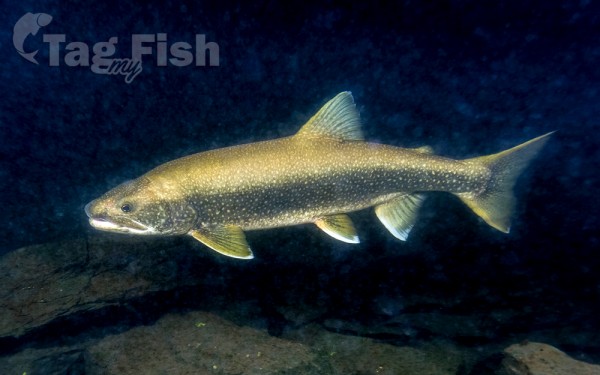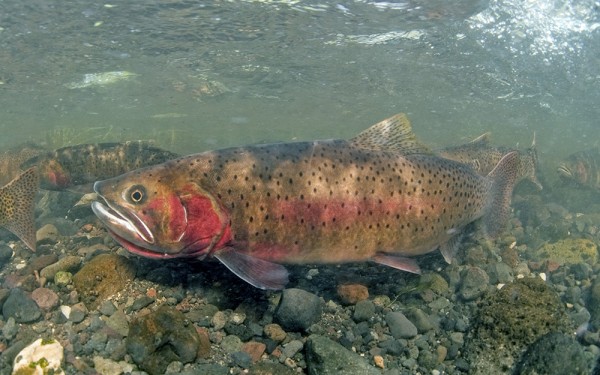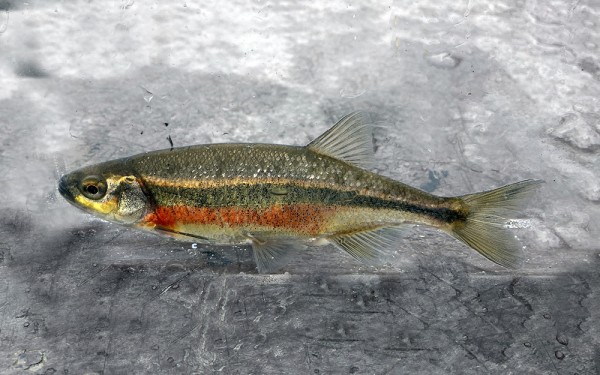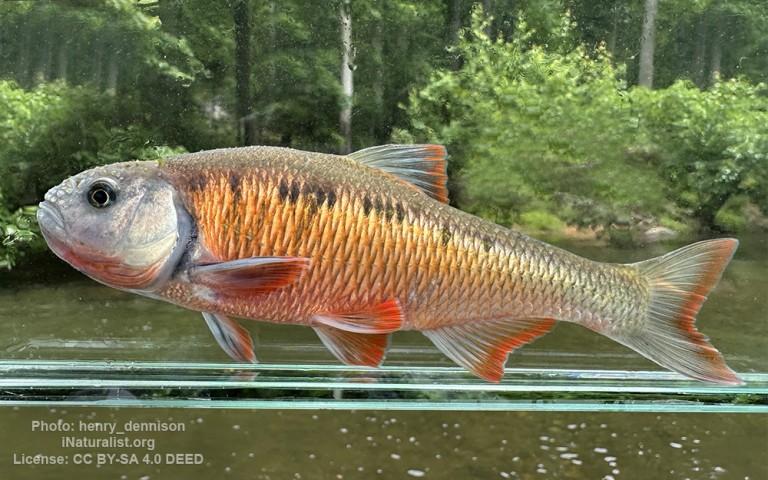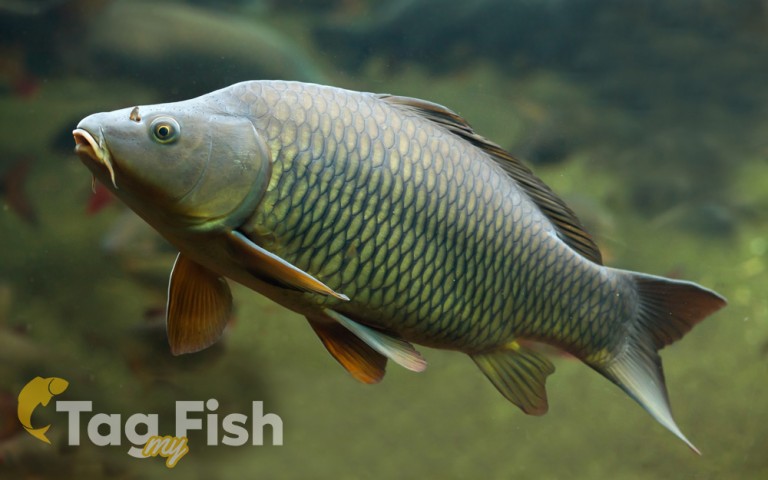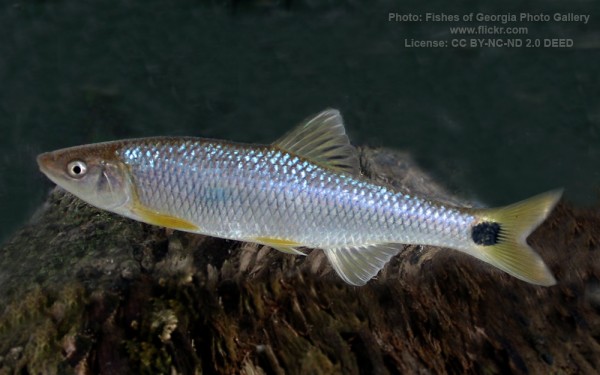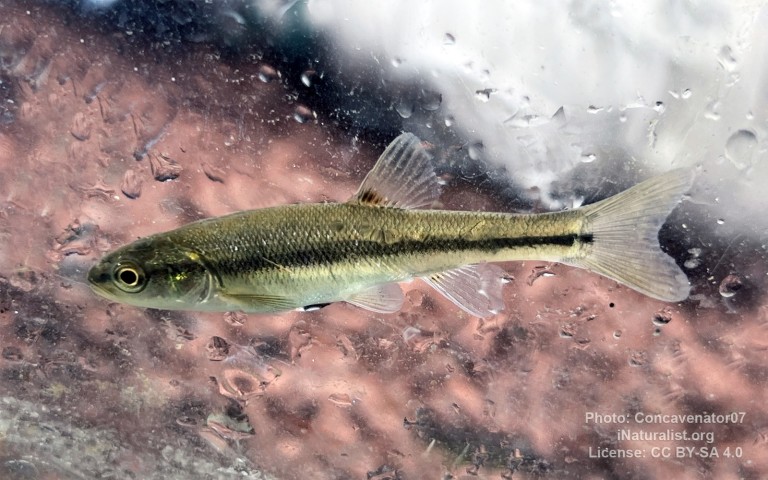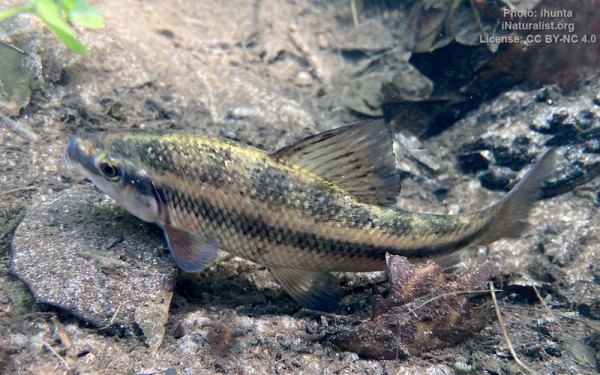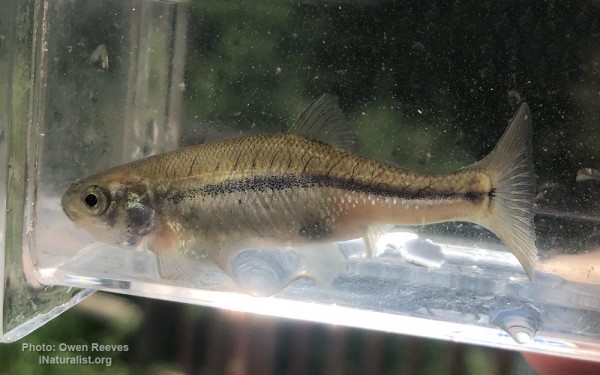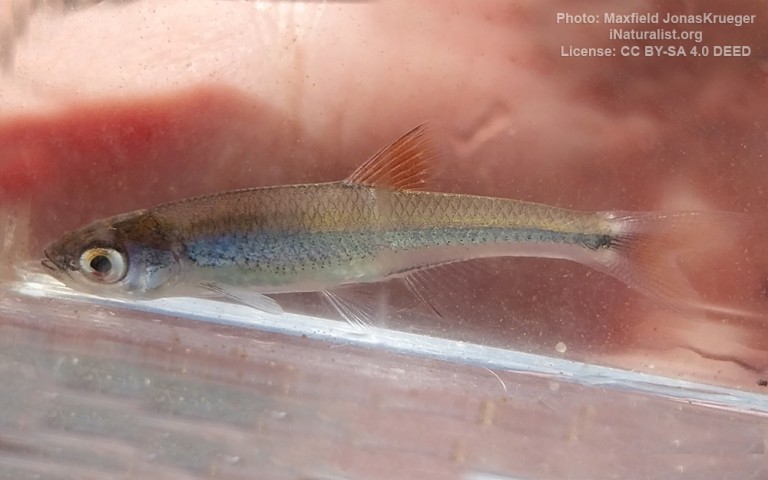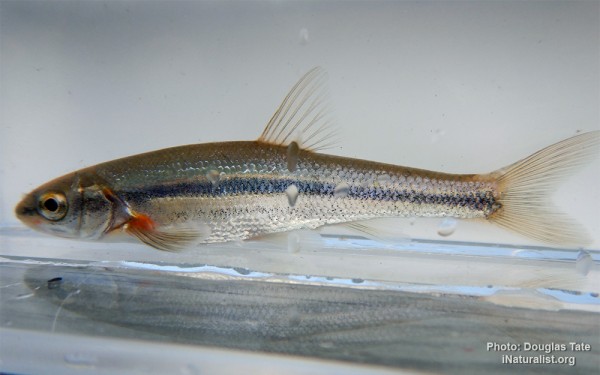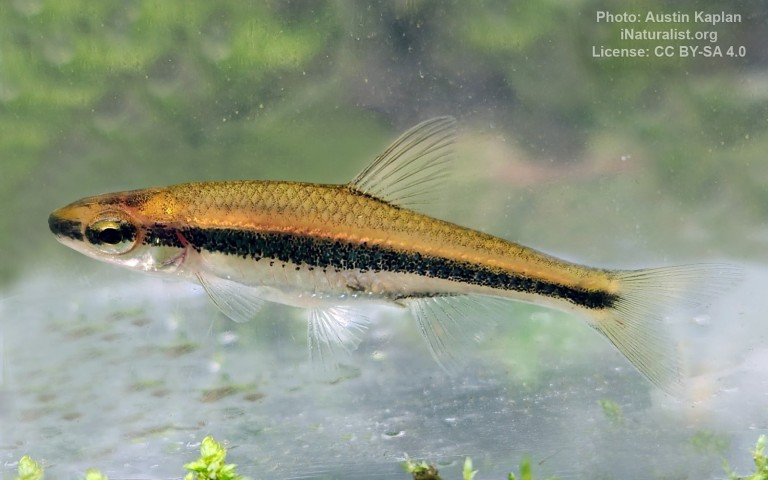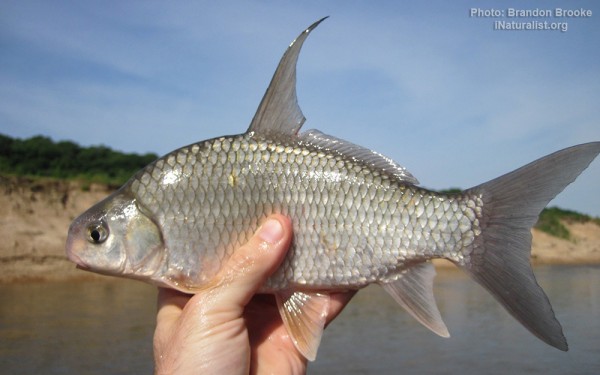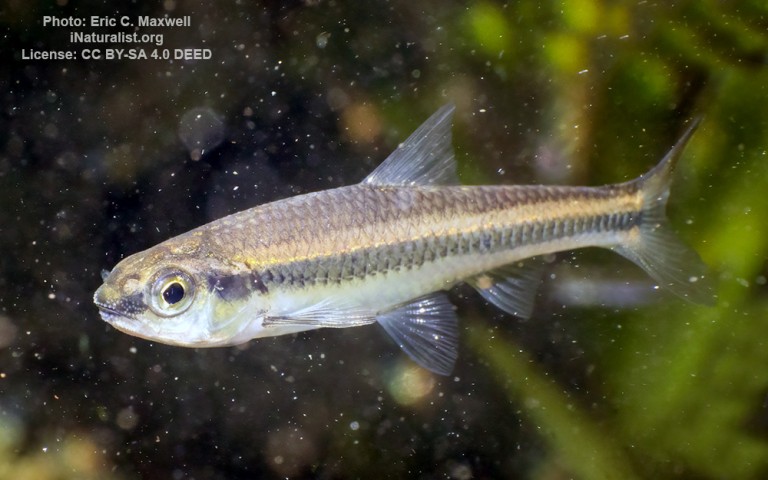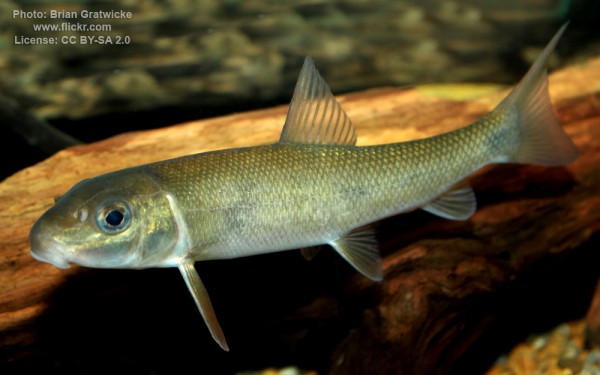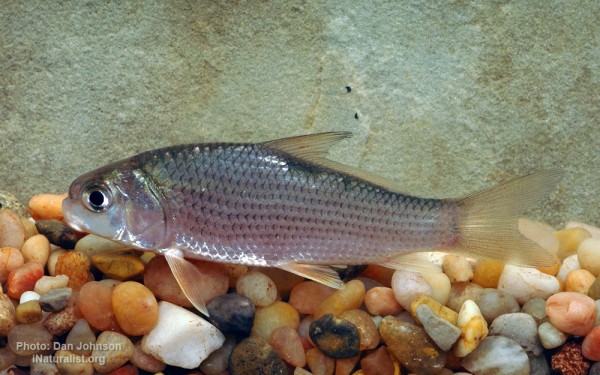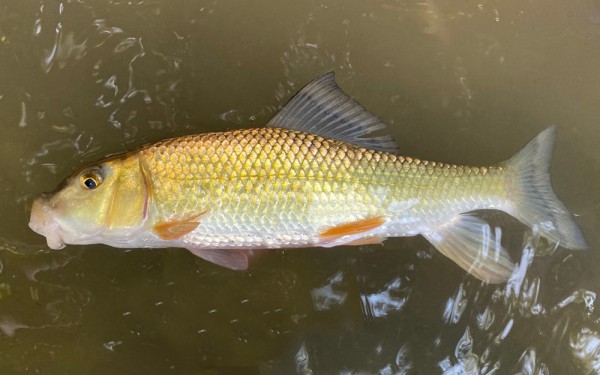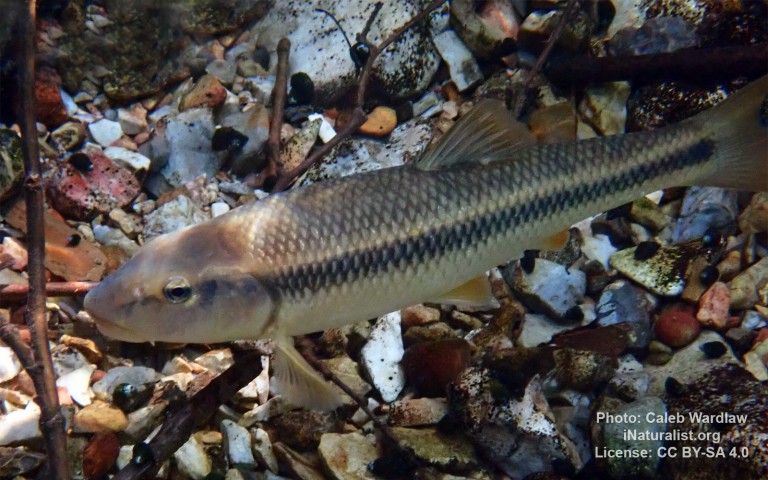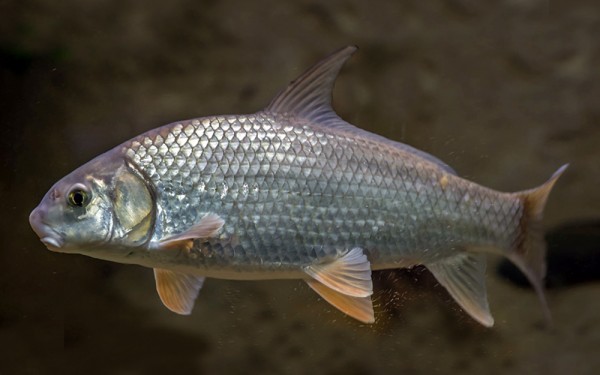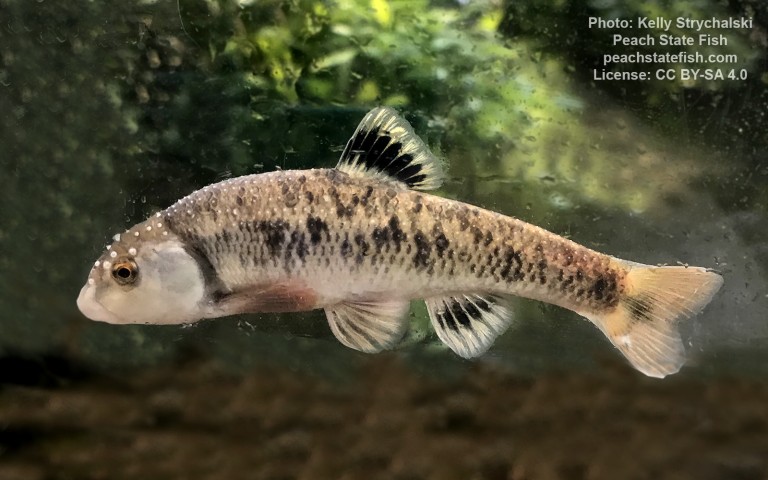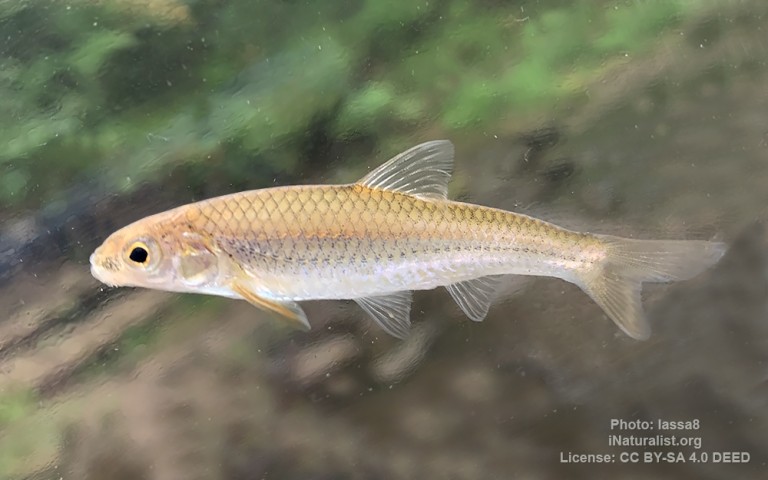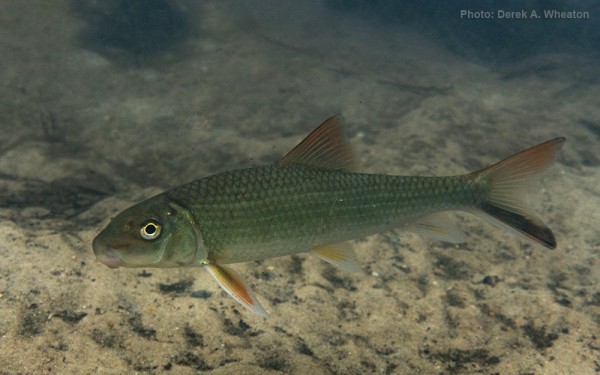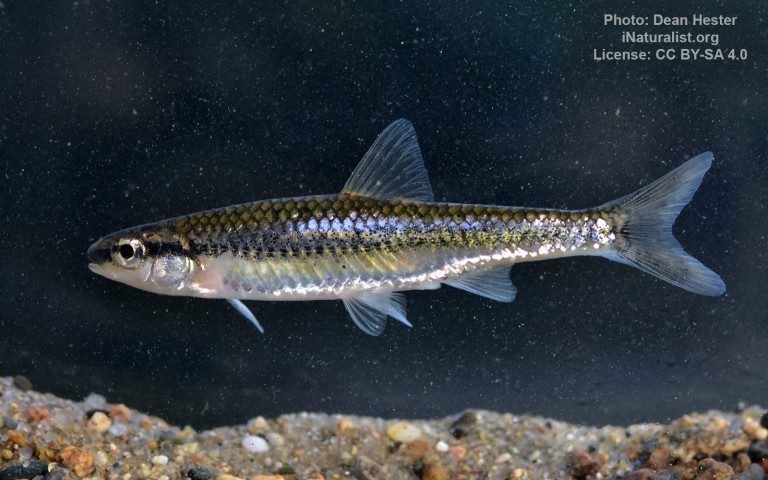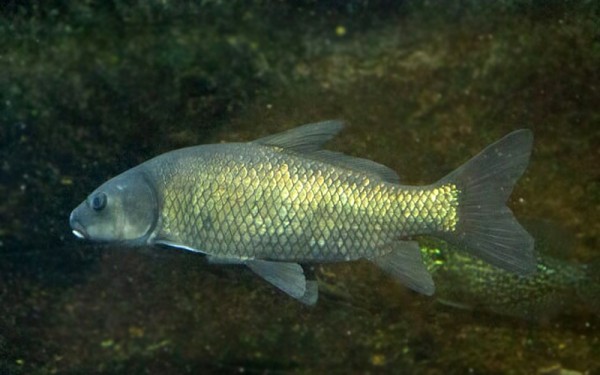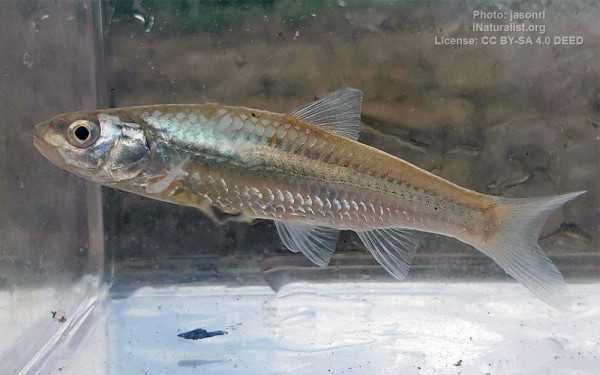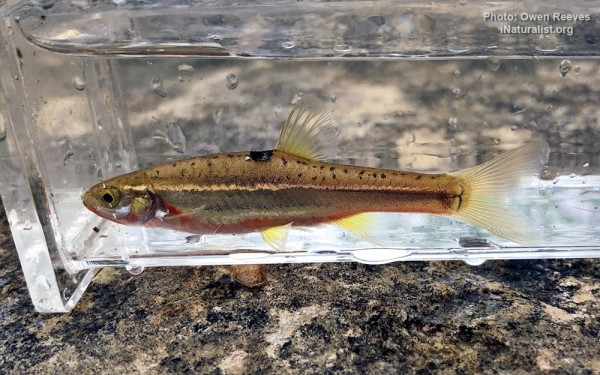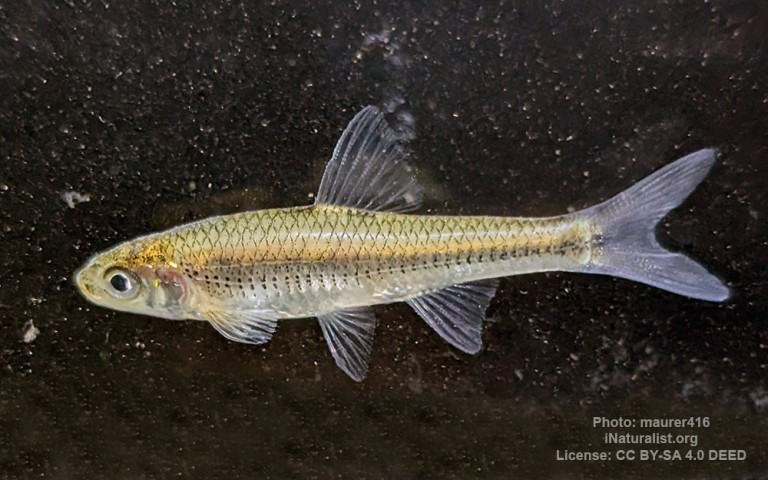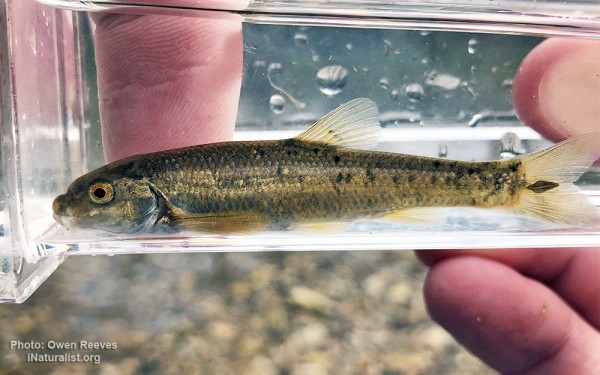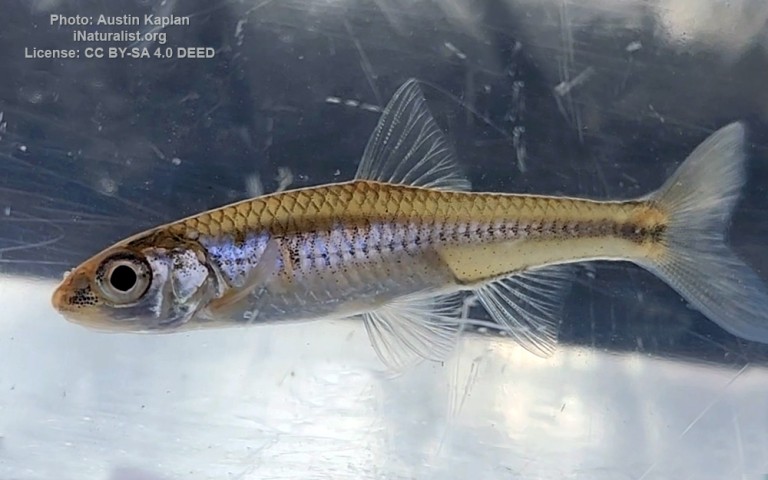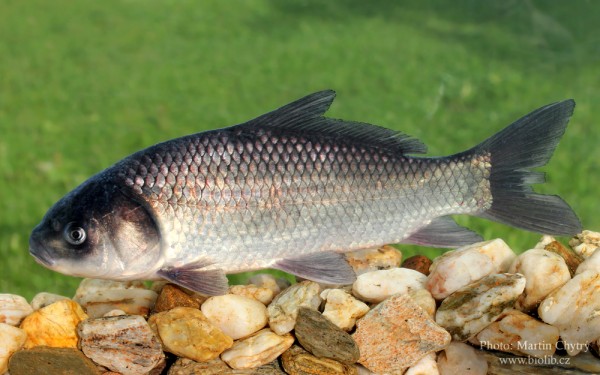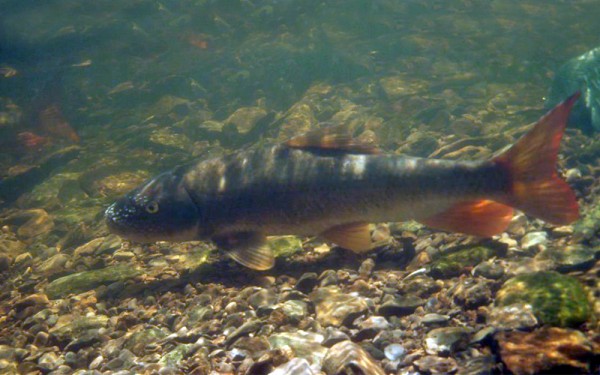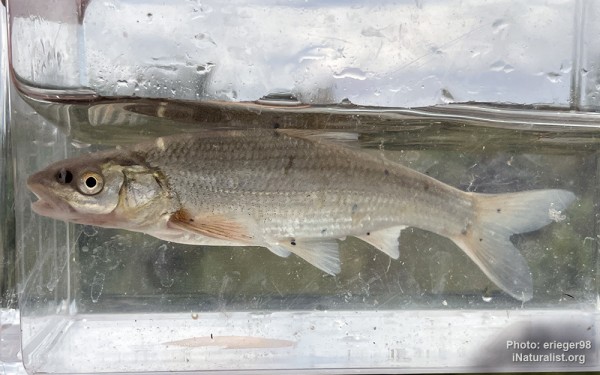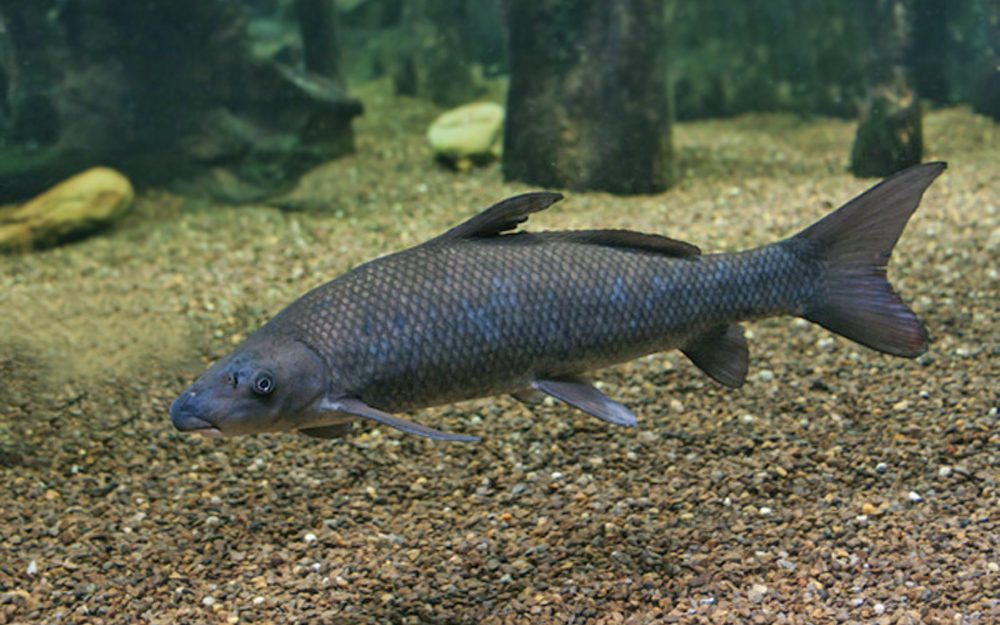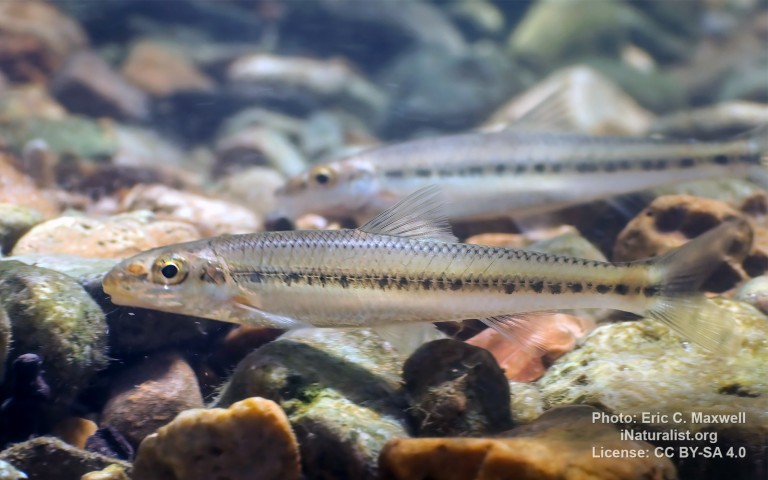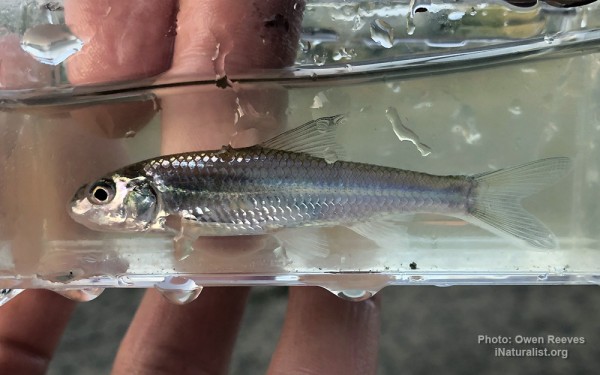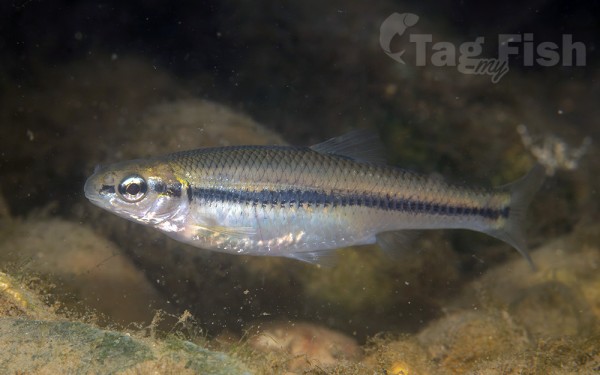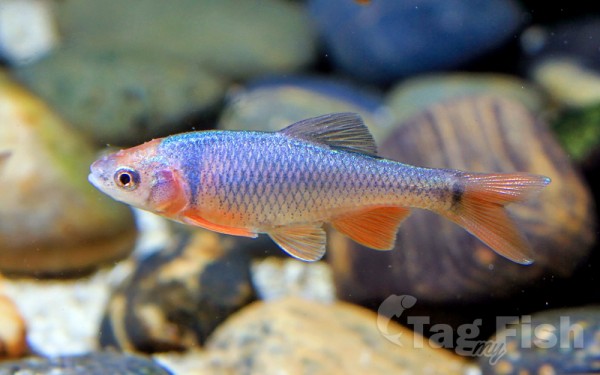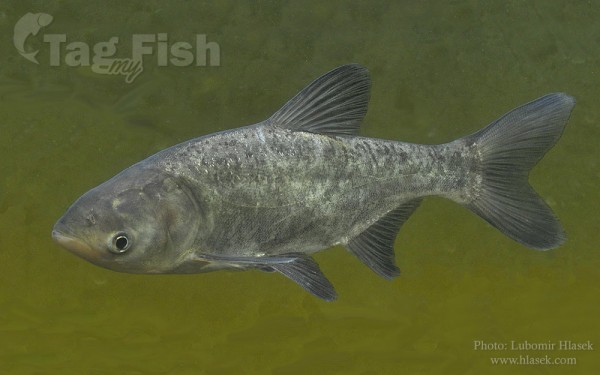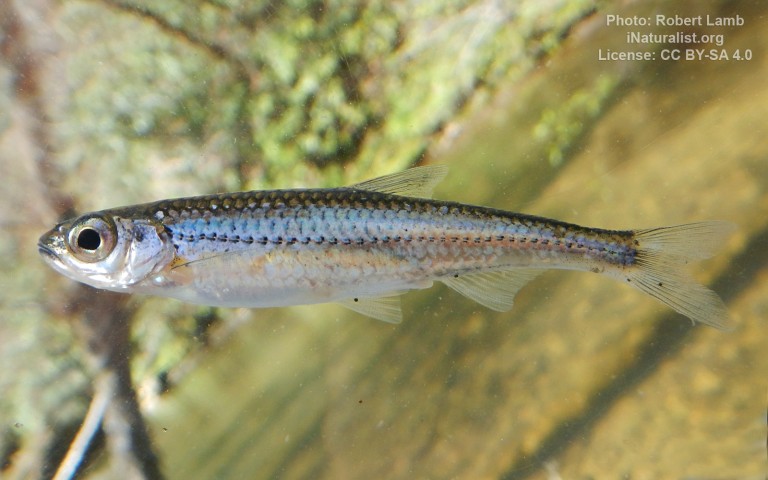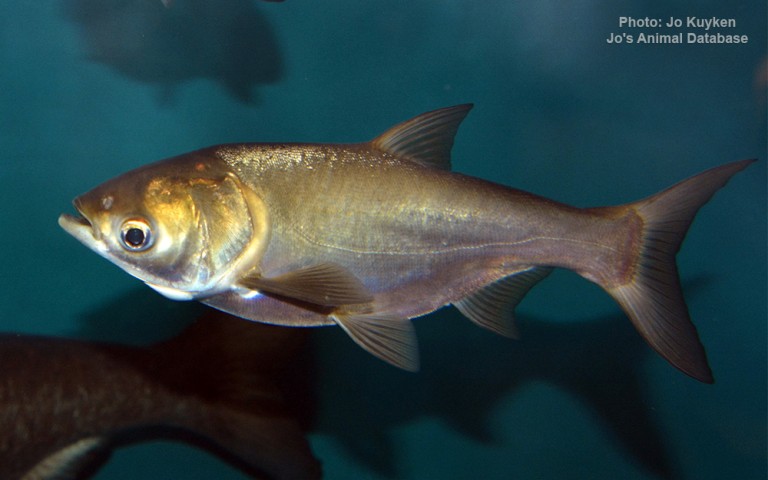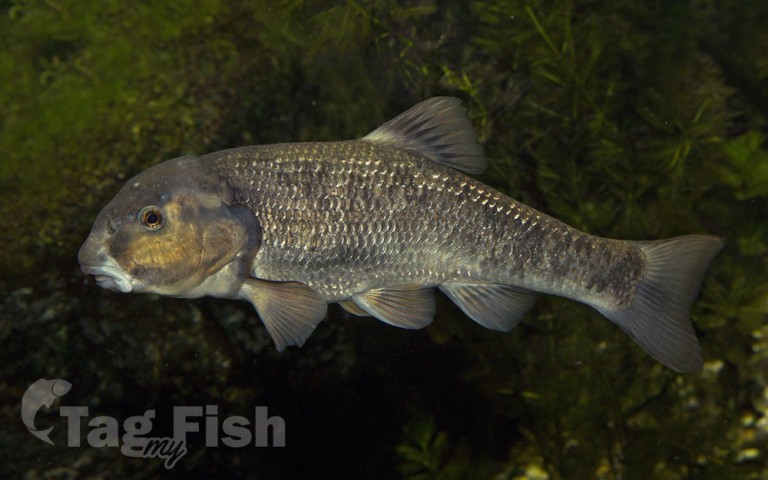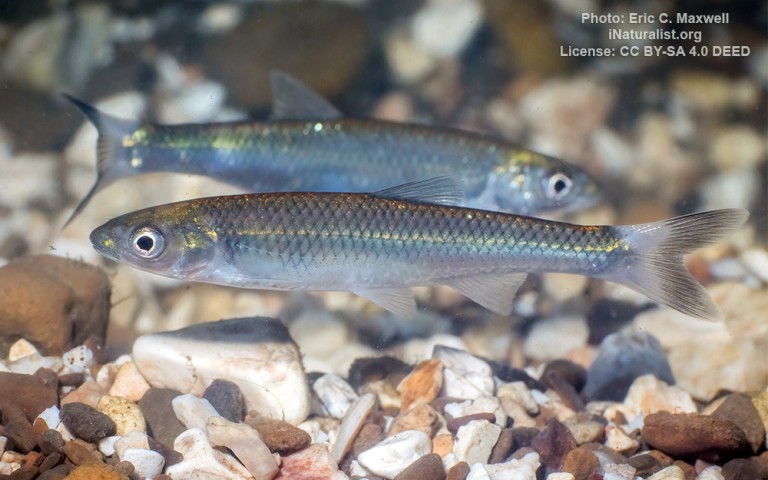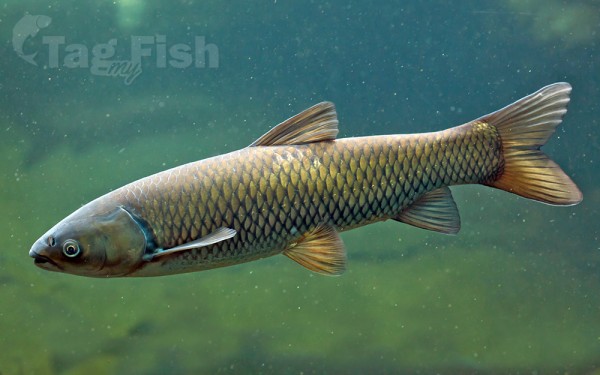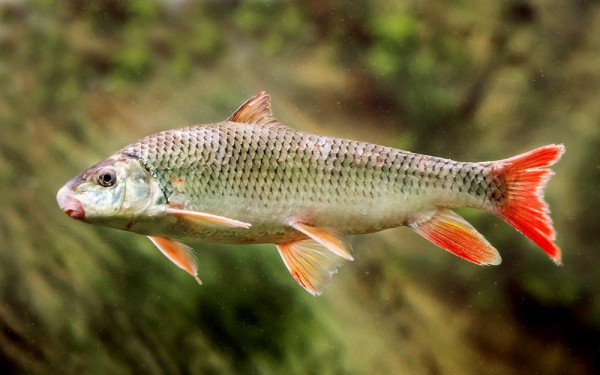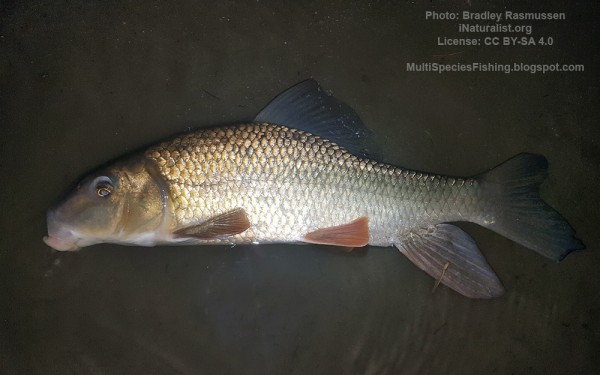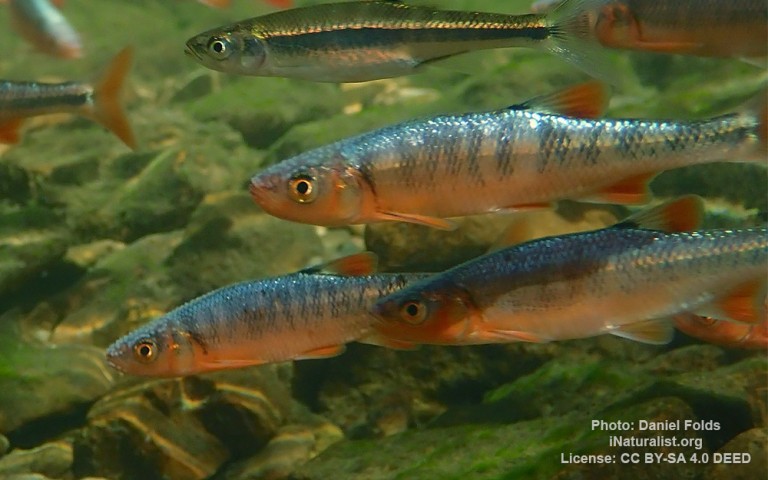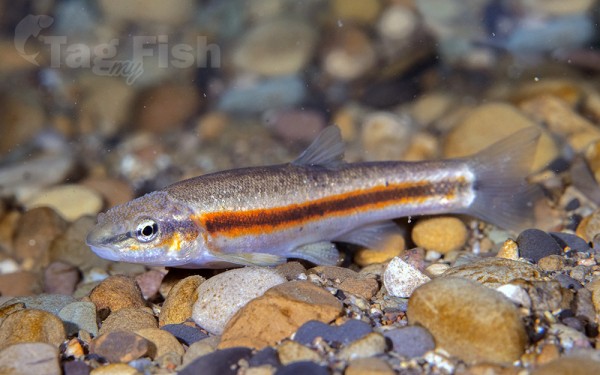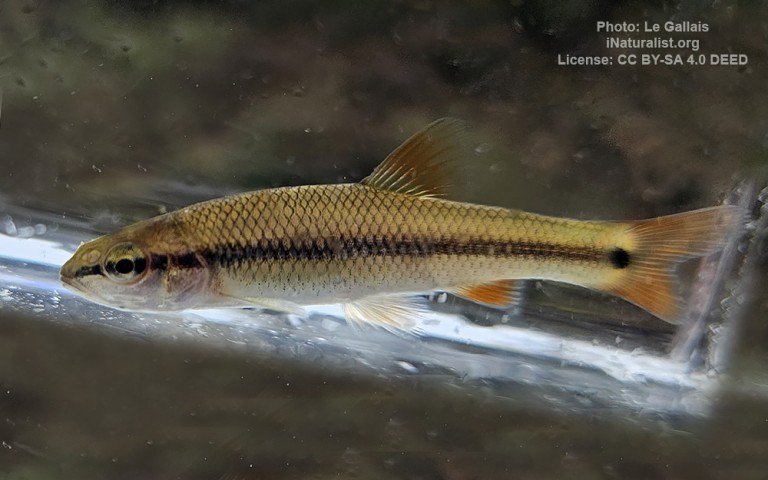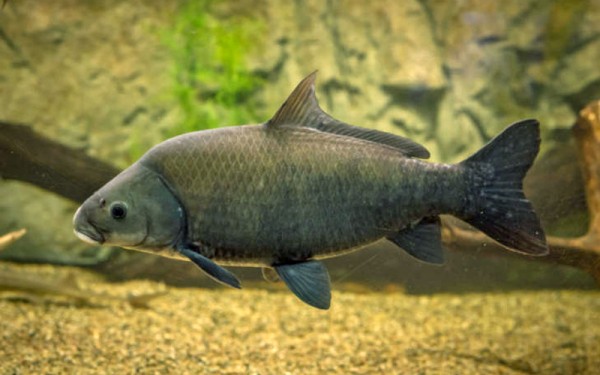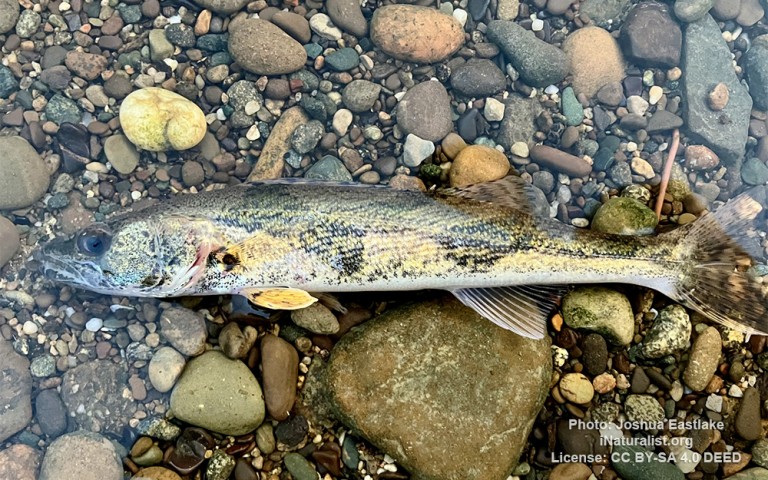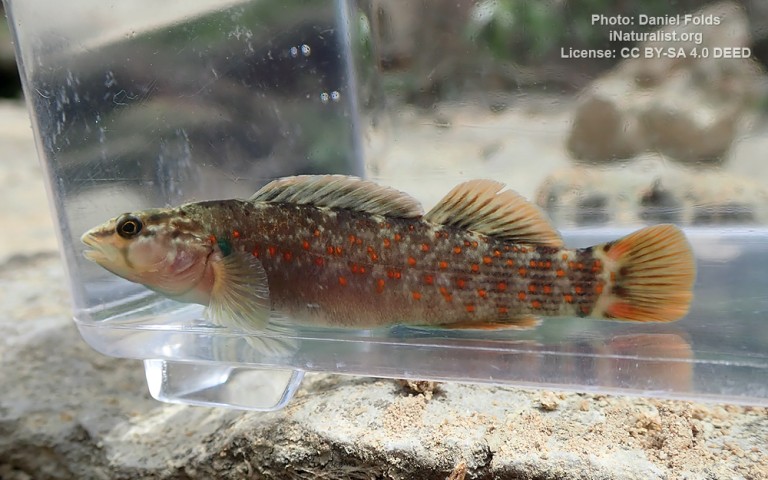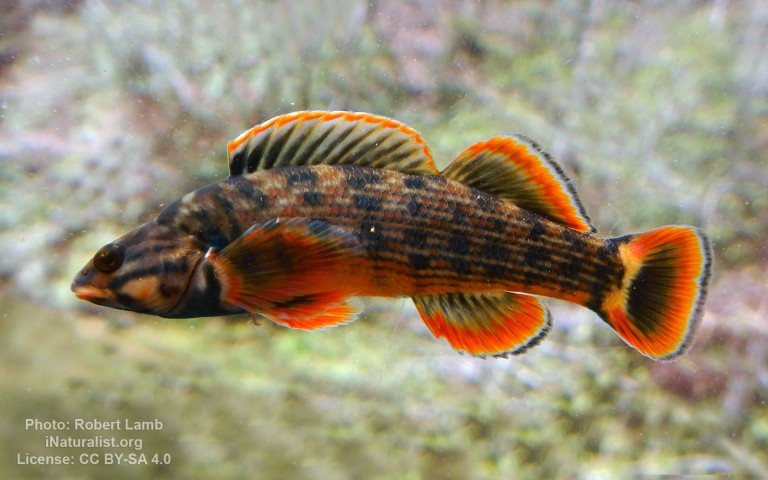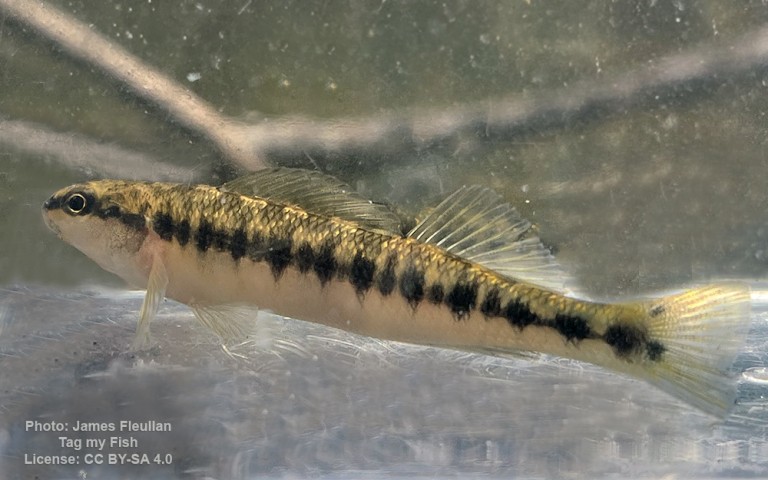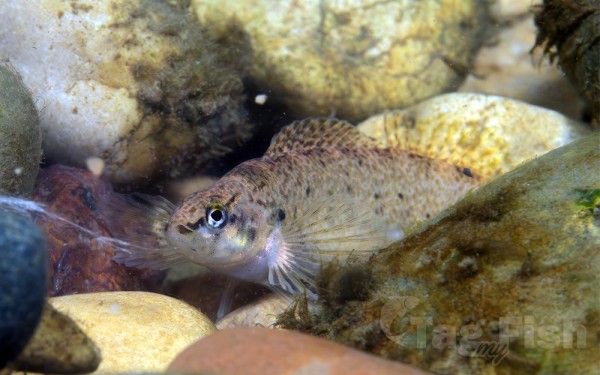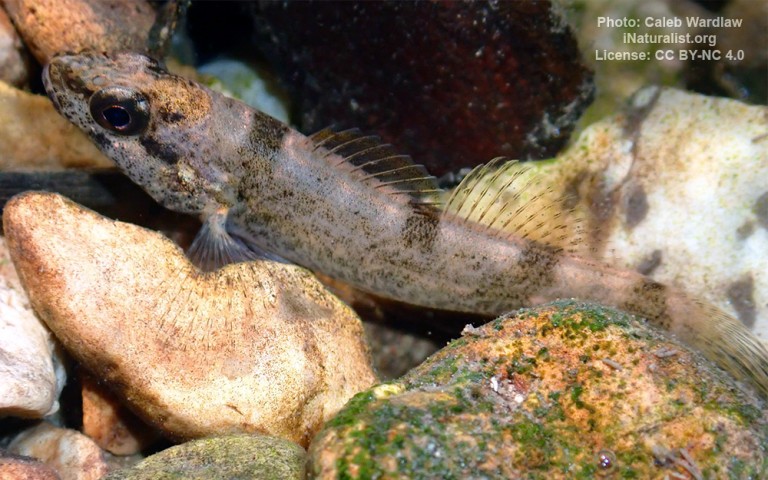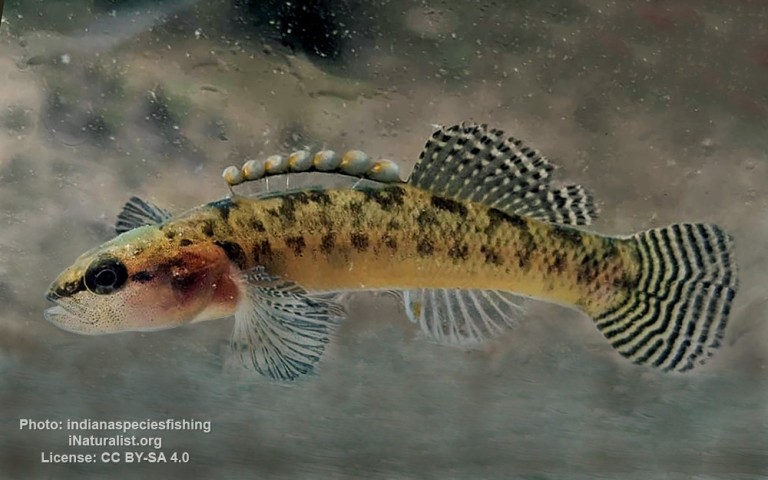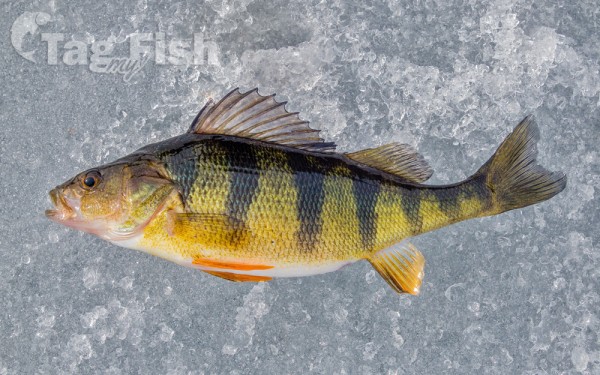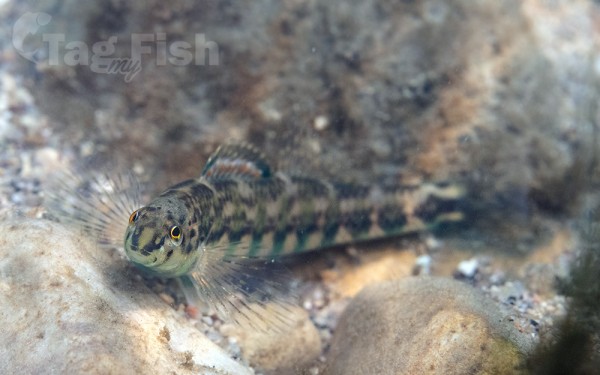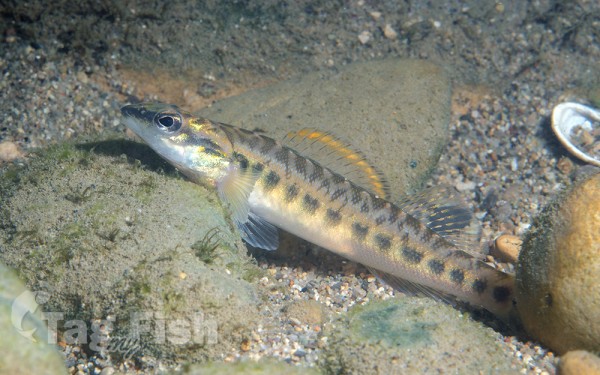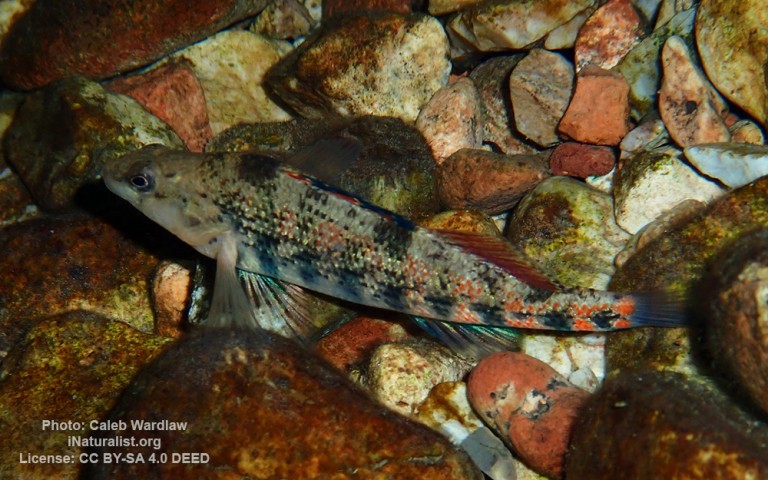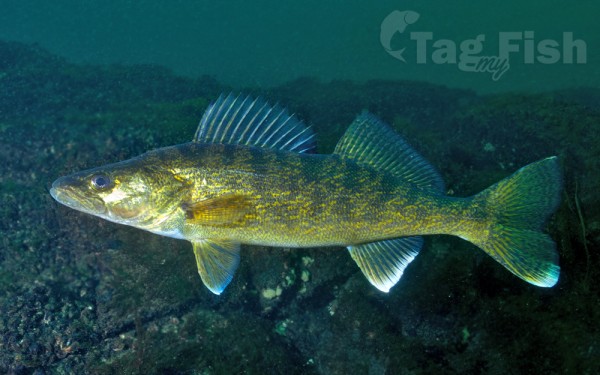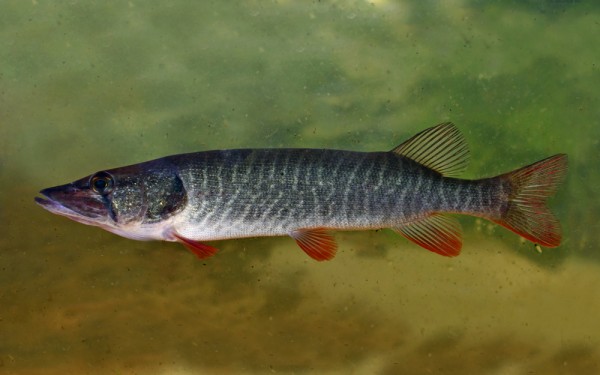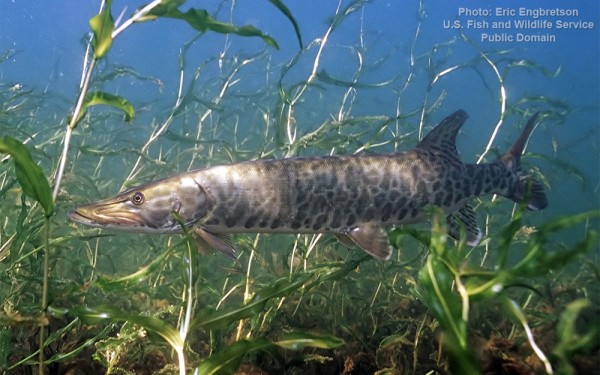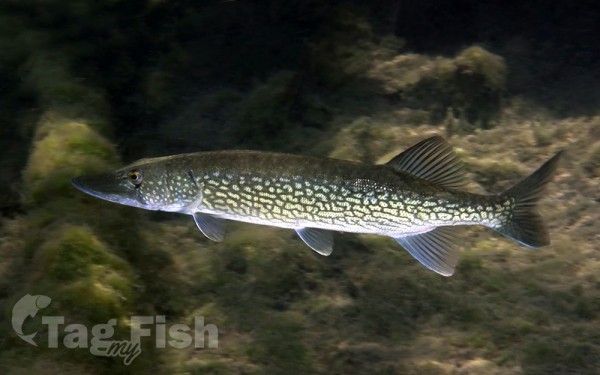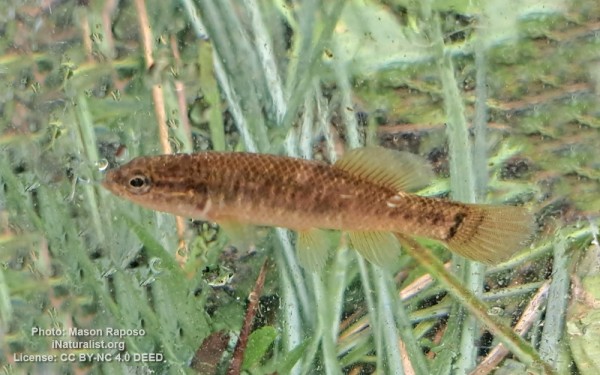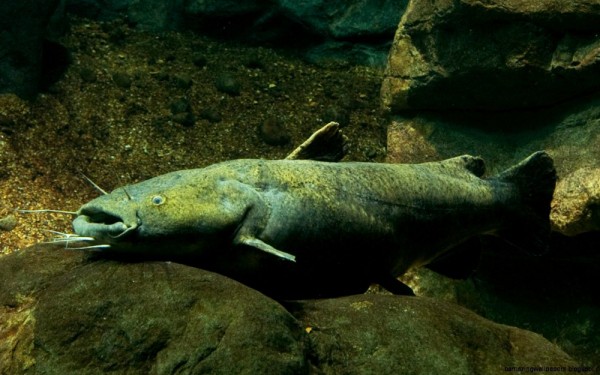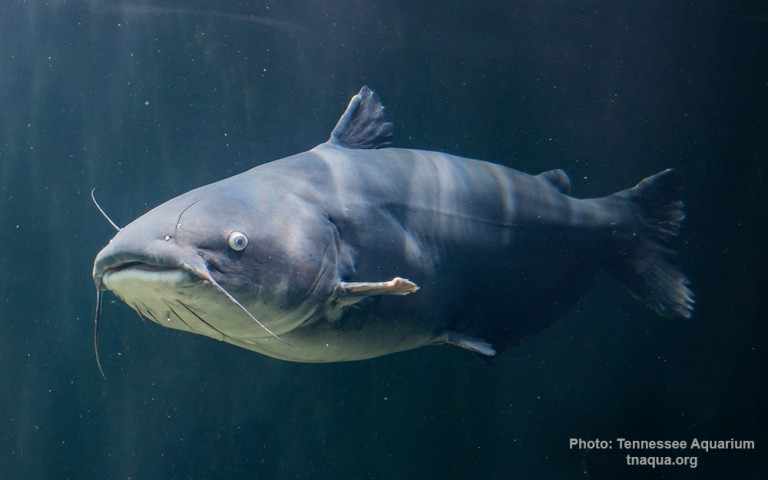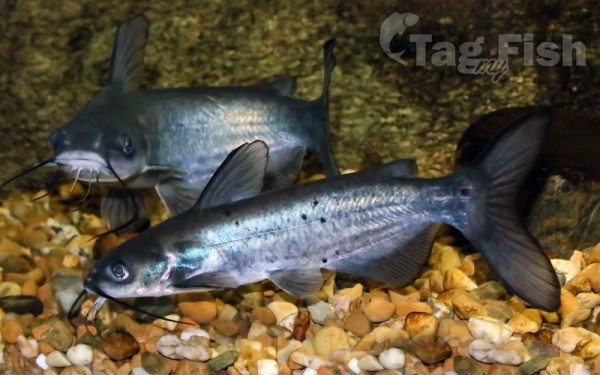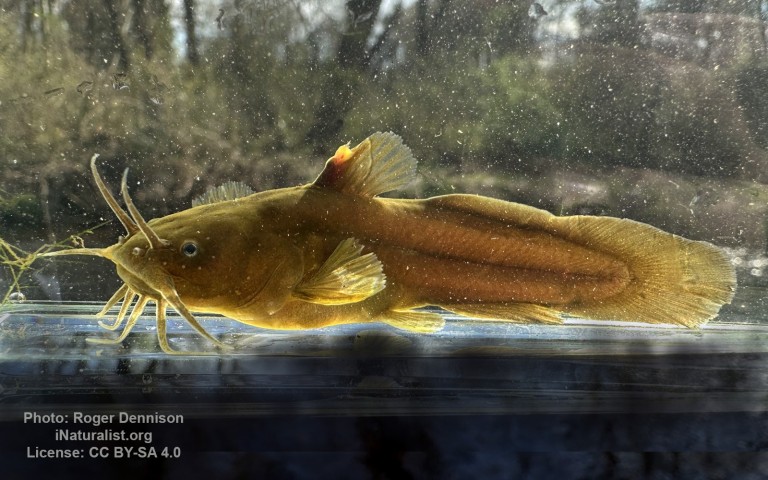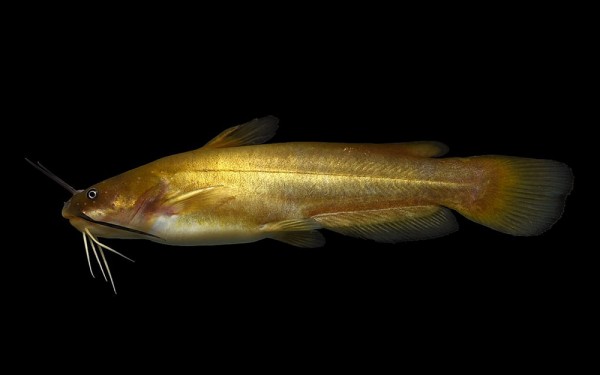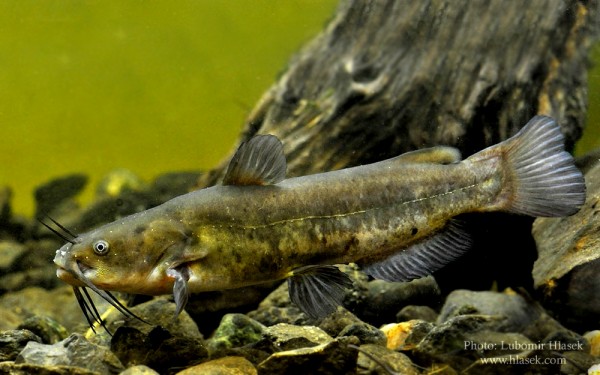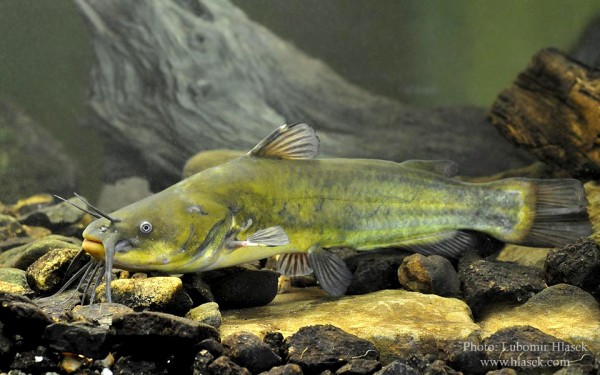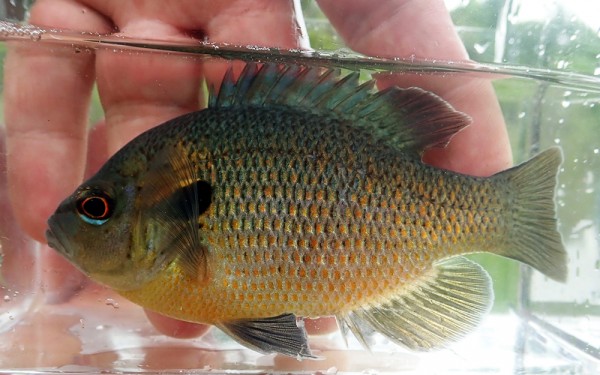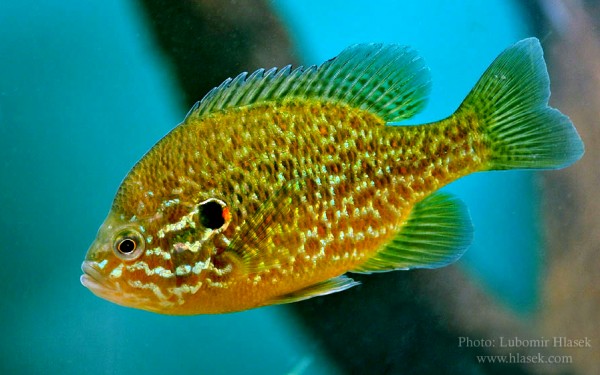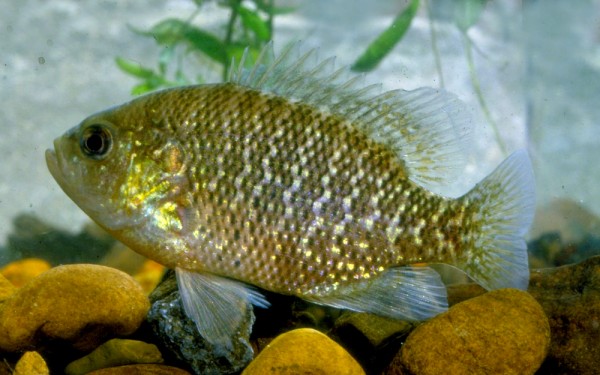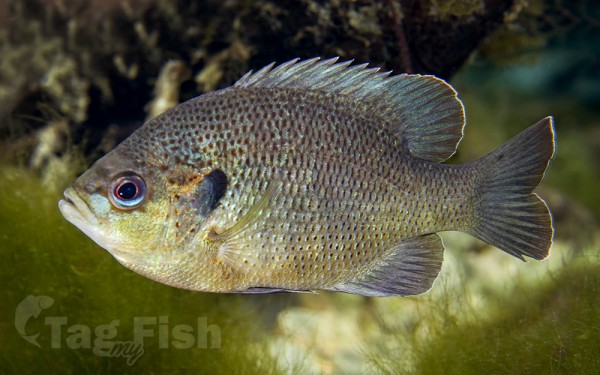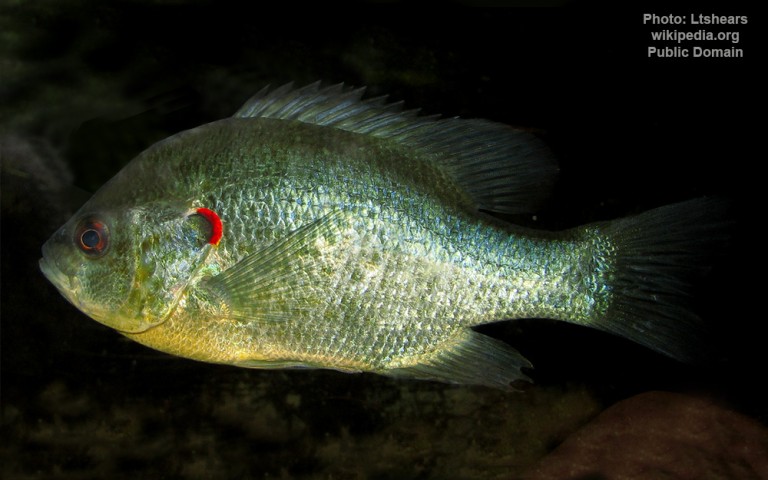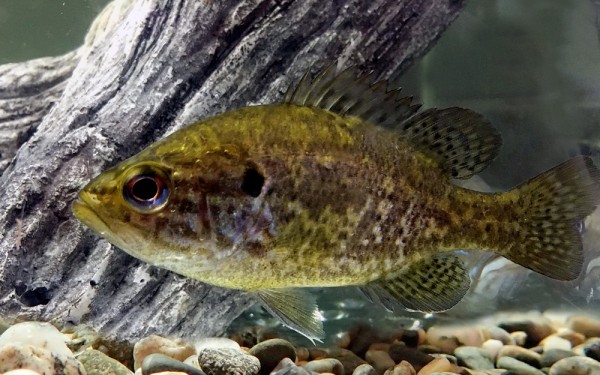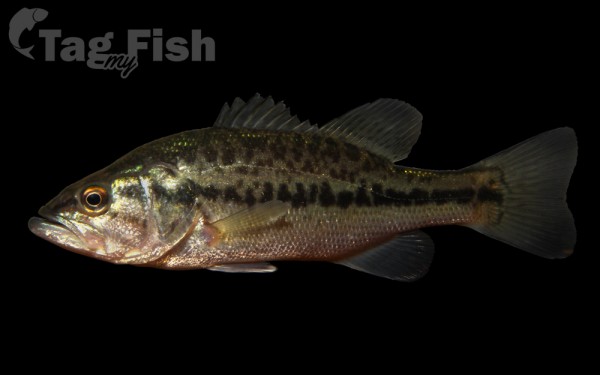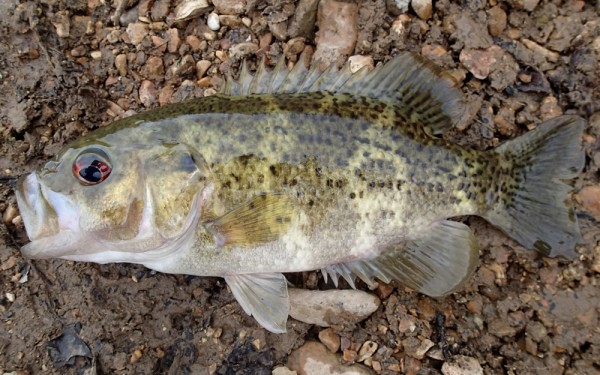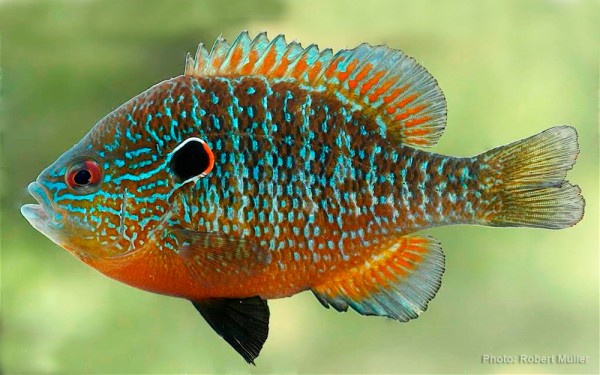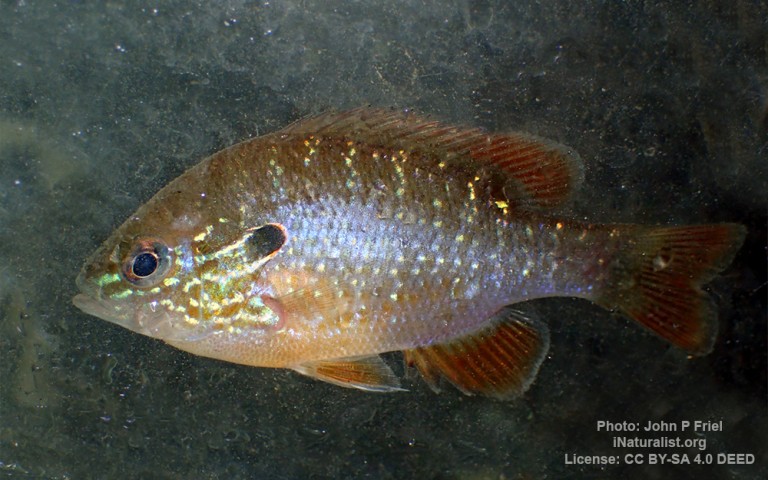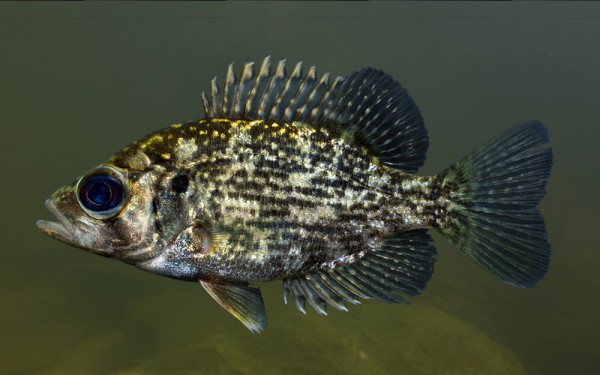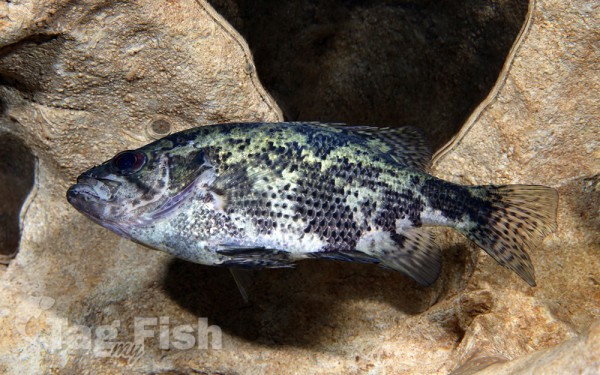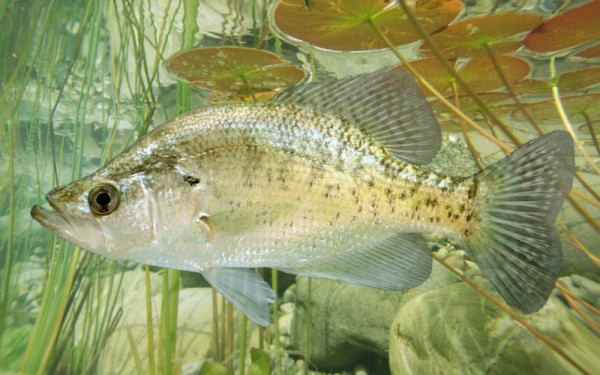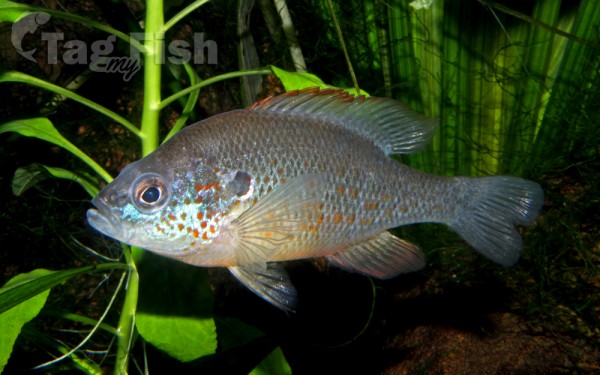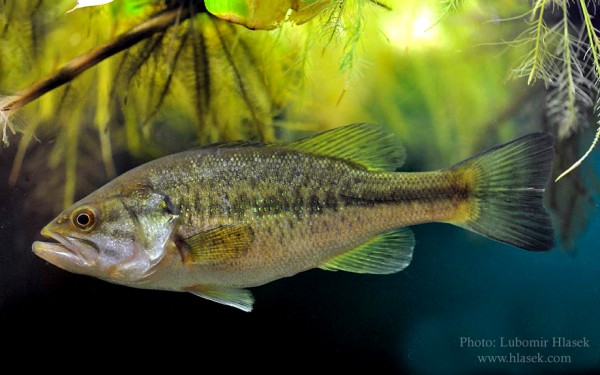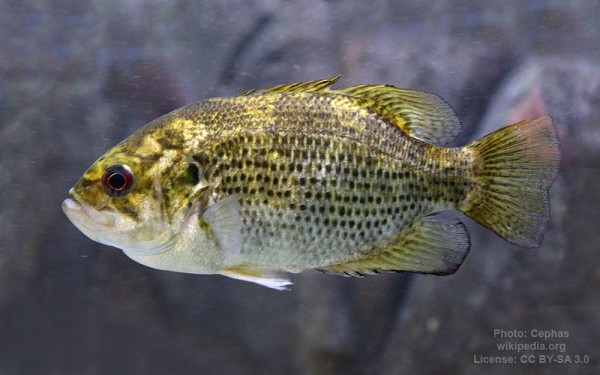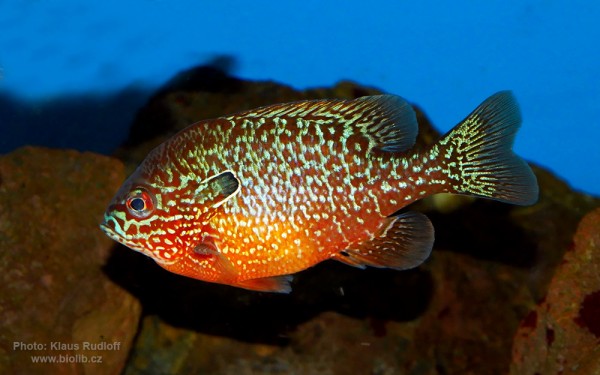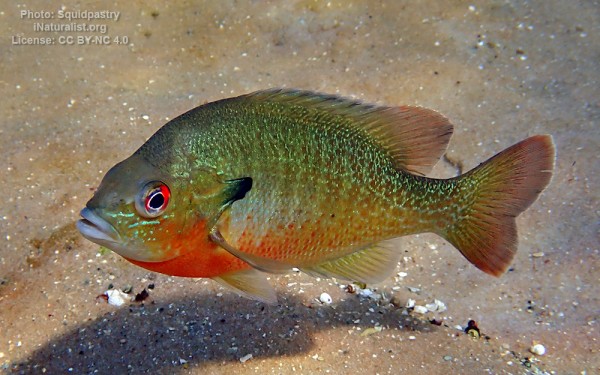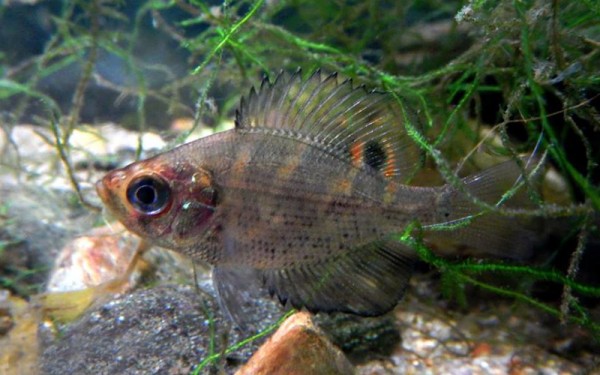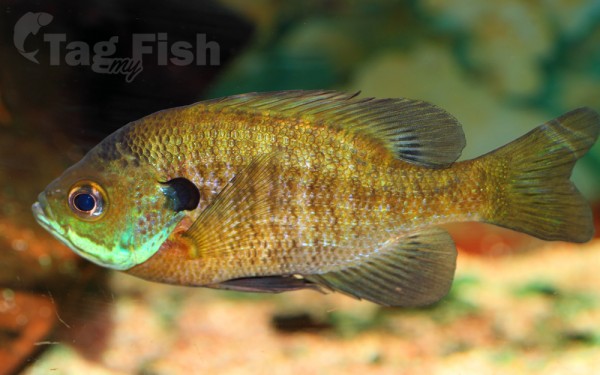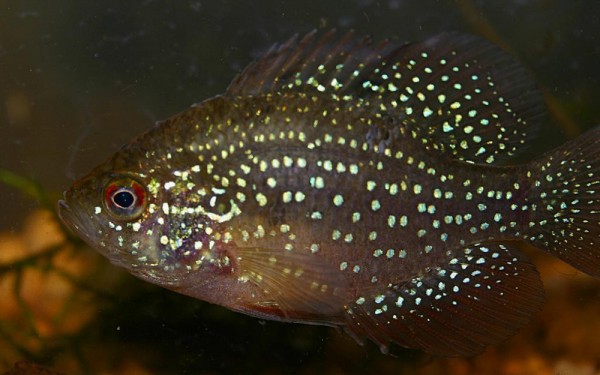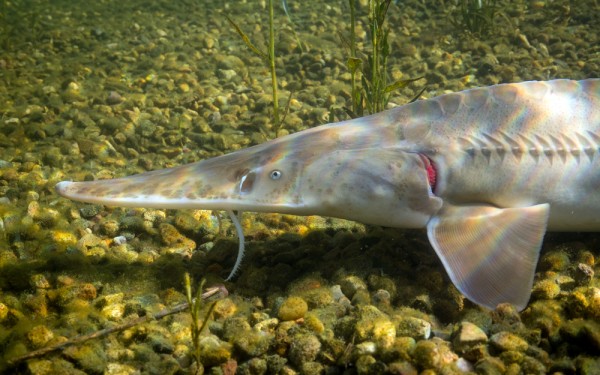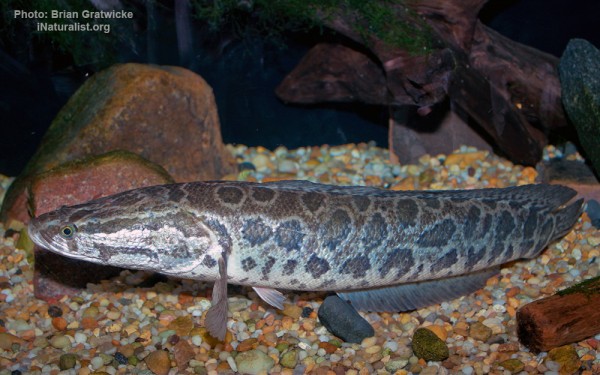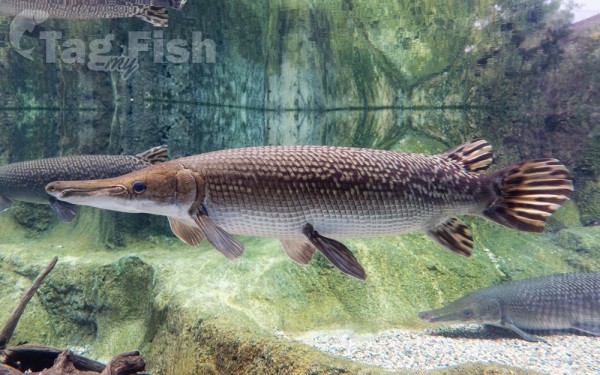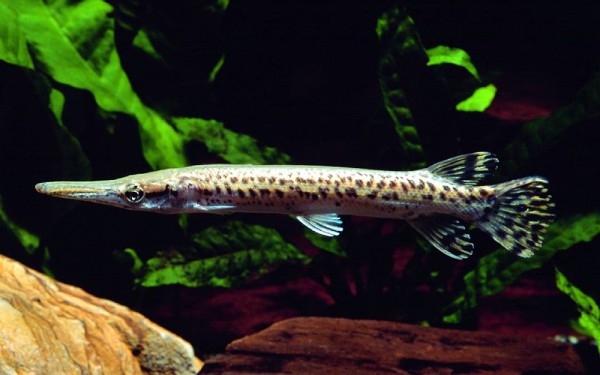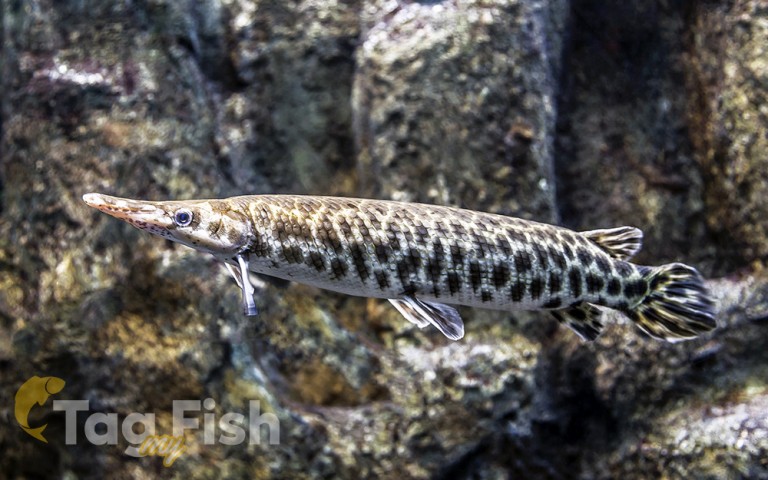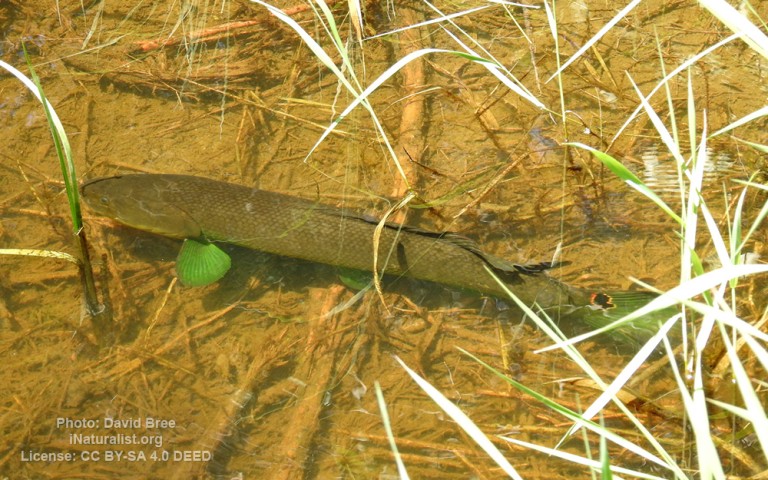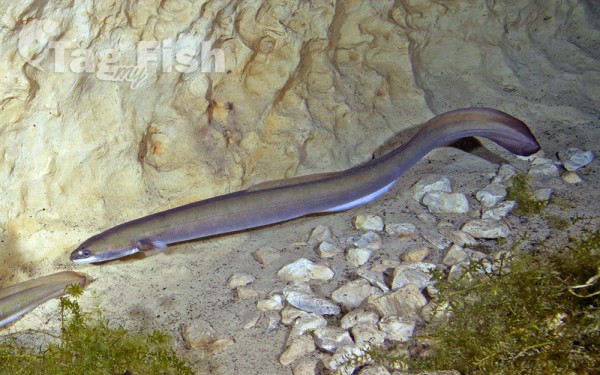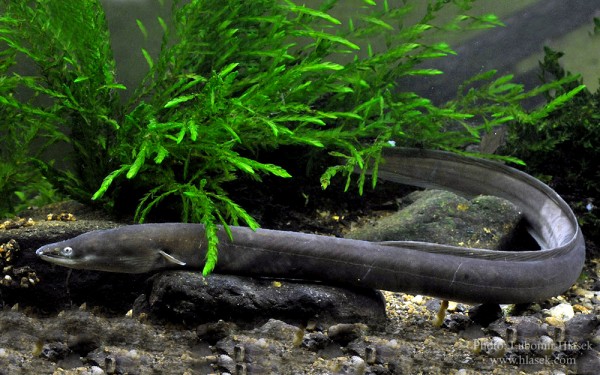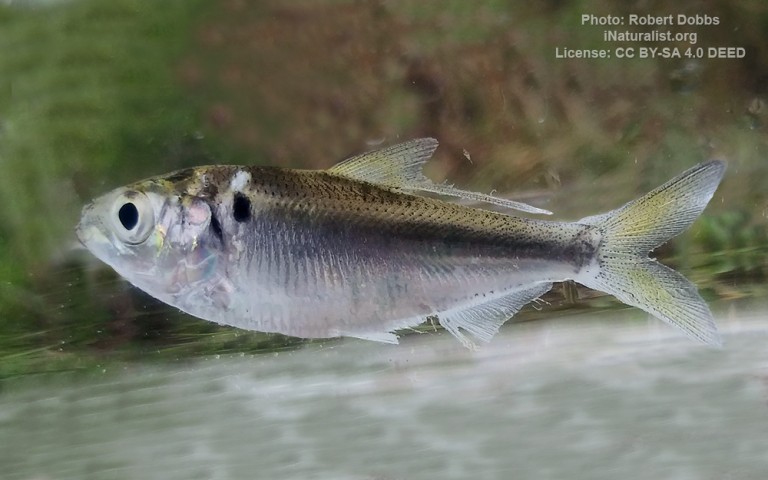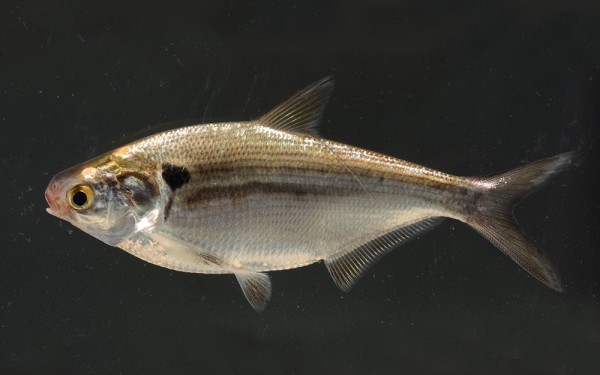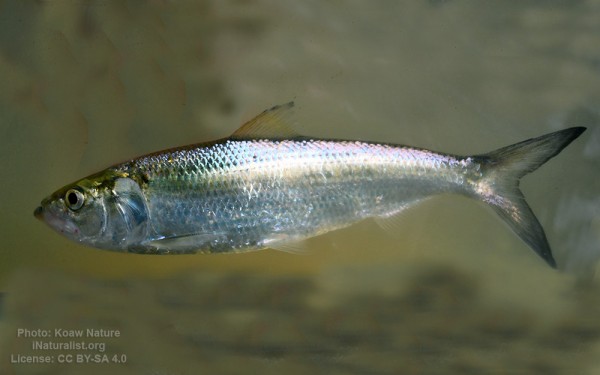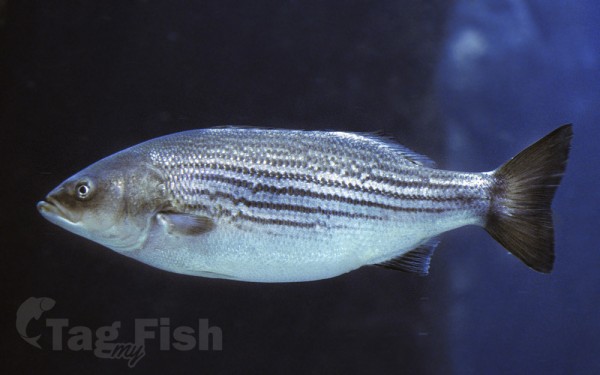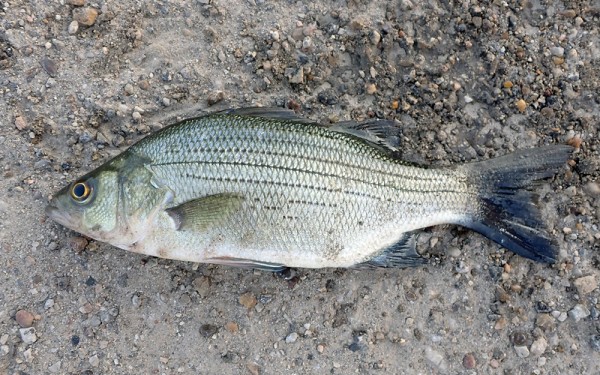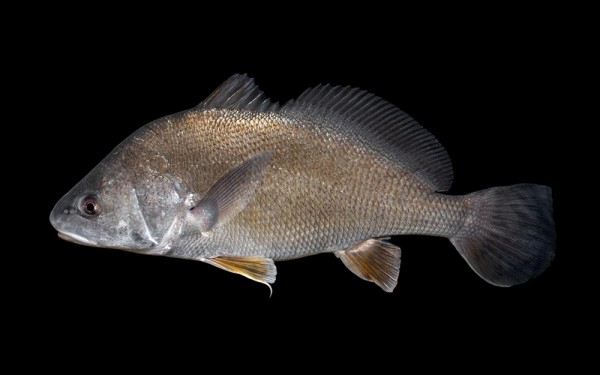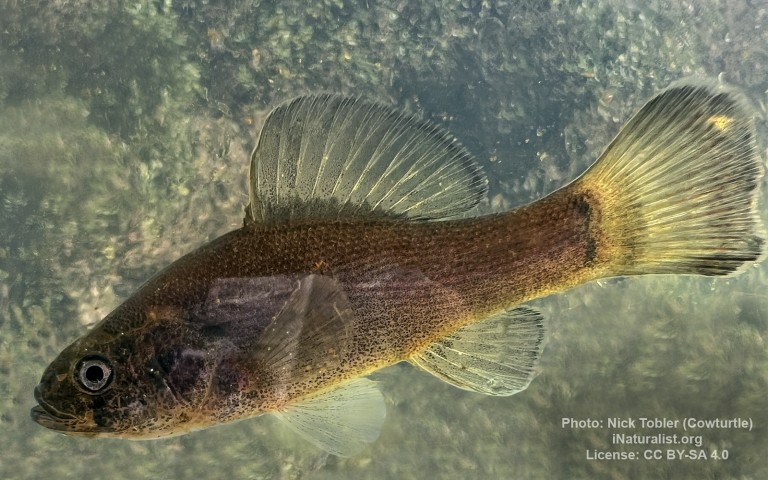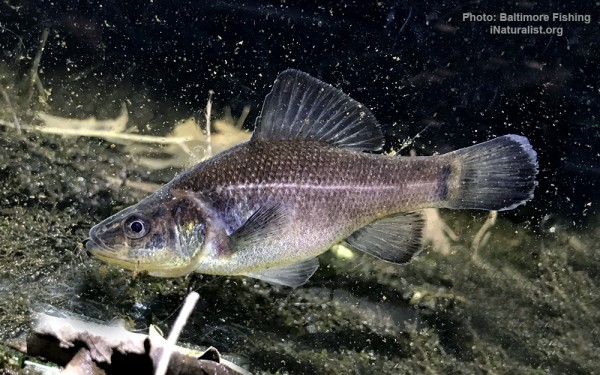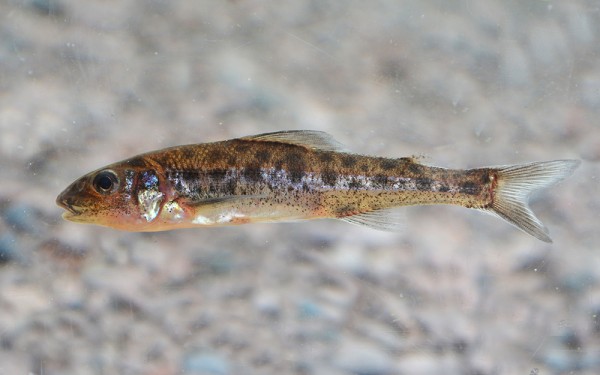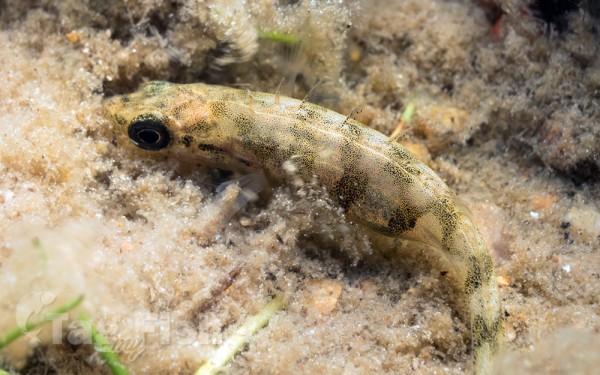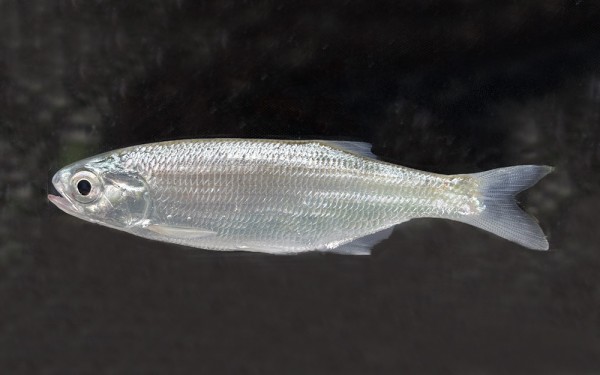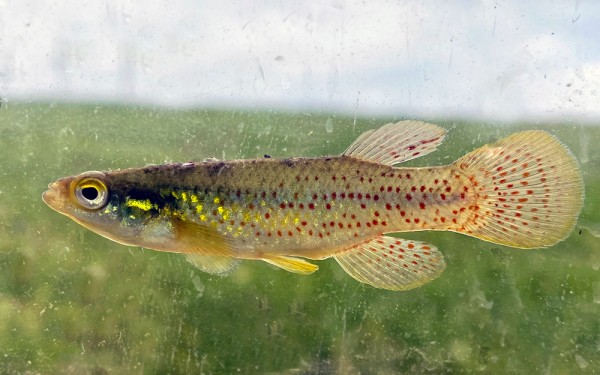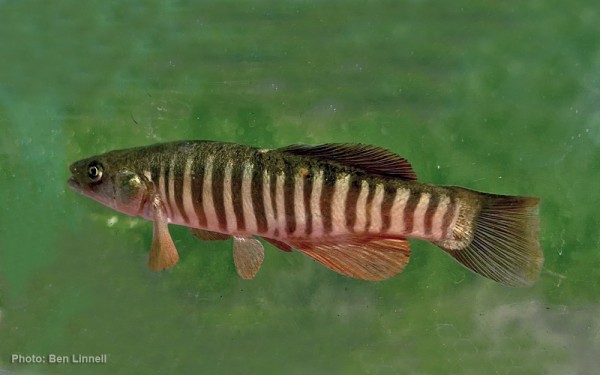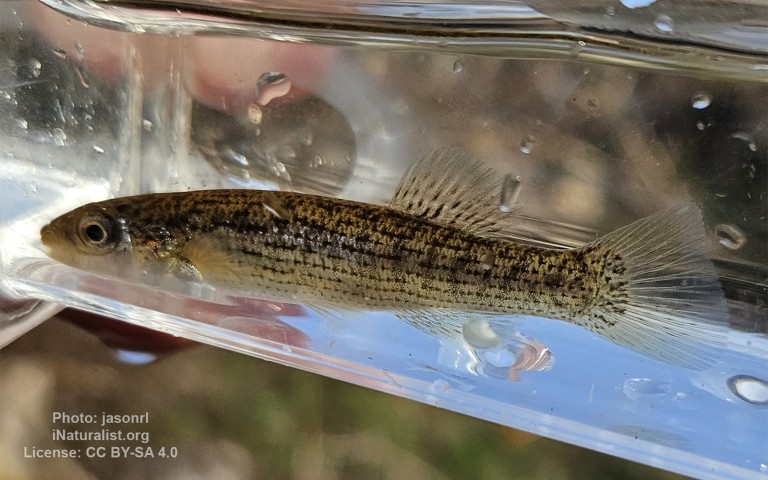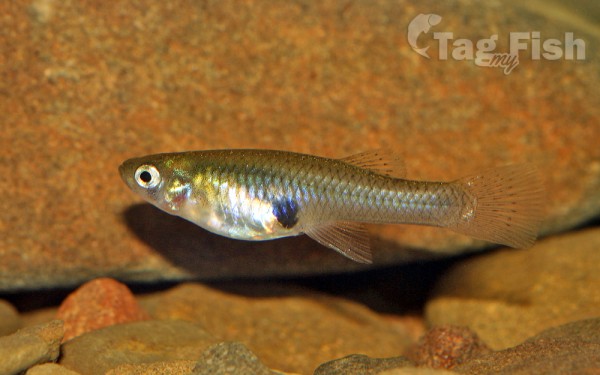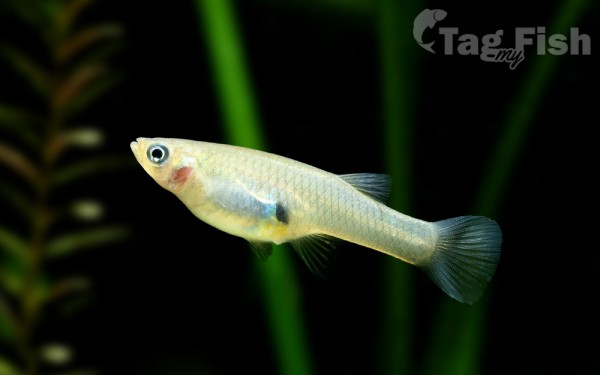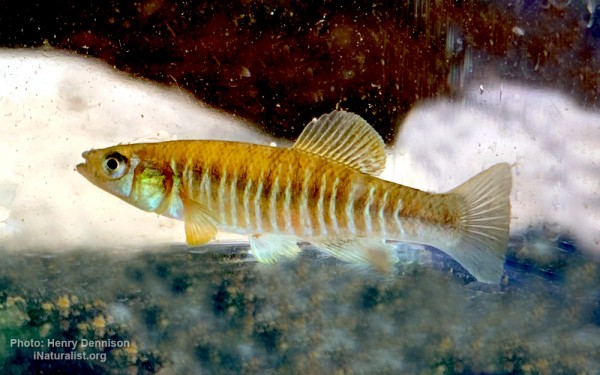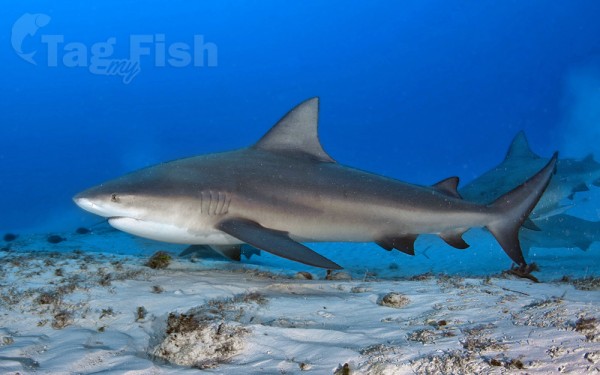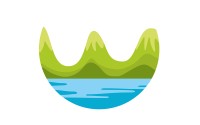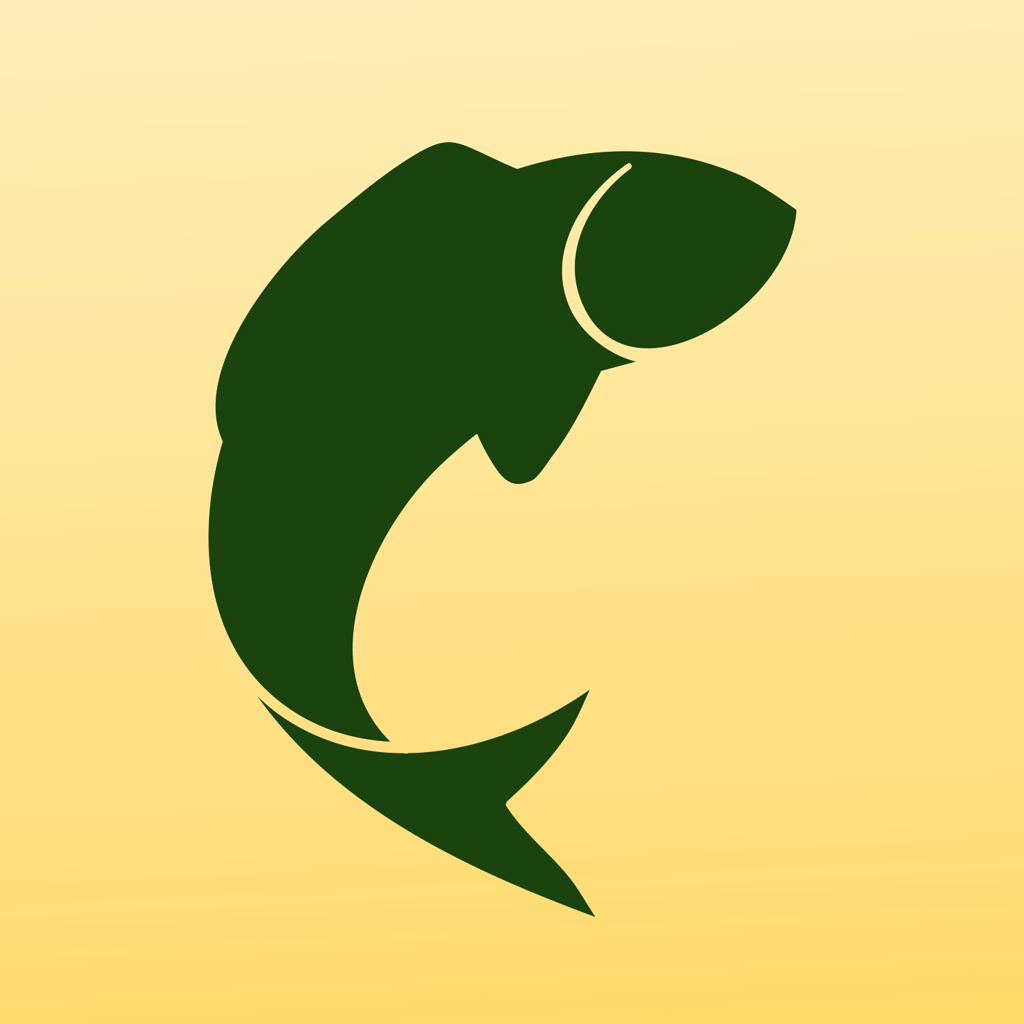Yellowstone Lake
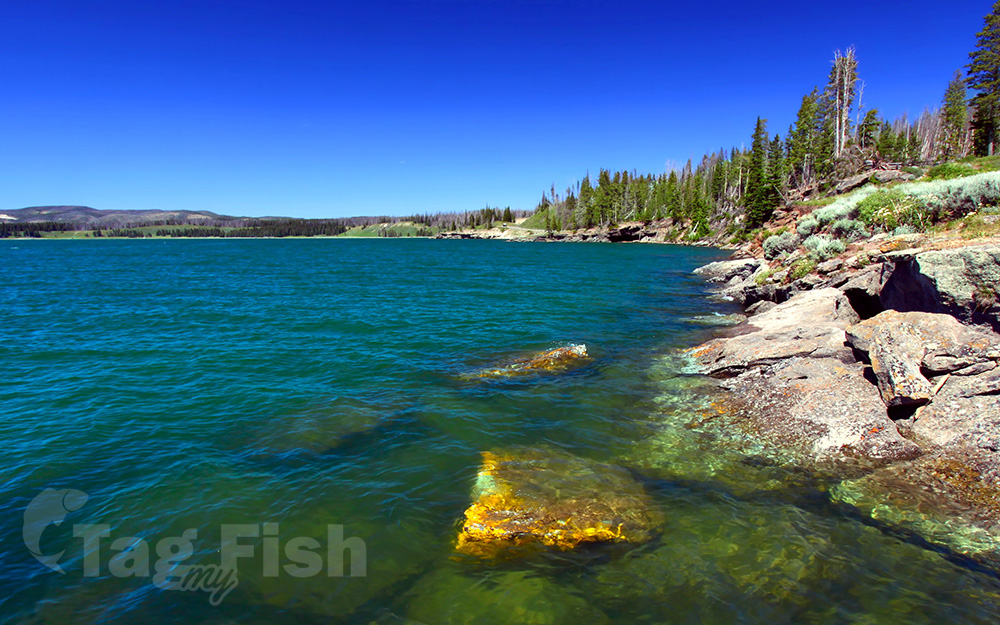
Salmoniformes - Salmons and Trouts
Cypriniformes - Carps
Salmoniformes - Salmons and Trouts
Cypriniformes - Carps
Perciformes - Perches
Esociformes - Pikes
Siluriformes - Catfishes
Centrarchiformes - Basses and sunfishes
Acipenseriformes - Sturgeons and Paddlefish
Anabantiformes - Gouramies and snakeheads
Lepisosteiformes - Gars
Amiiformes - Bowfins
Anguilliformes - Eels and morays
Clupeiformes - Herrings
Moroniformes - Temperate basses
Acanthuriformes - Surgeonfishes
Percopsiformes - Trout-perches
Gasterosteiformes - Sticklebacks
Hiodontiformes - Mooneyes
Cyprinodontiformes - Toothcarps
Carcharhiniformes - Ground sharks
Petromyzontiformes - Lampreys
Salmoniformes - Salmons and Trouts
Cypriniformes - Carps
Perciformes - Perches
Esociformes - Pikes
Siluriformes - Catfishes
Centrarchiformes - Basses and sunfishes
Acipenseriformes - Sturgeons and Paddlefish
Anabantiformes - Gouramies and snakeheads
Lepisosteiformes - Gars
Amiiformes - Bowfins
Anguilliformes - Eels and morays
Clupeiformes - Herrings
Moroniformes - Temperate basses
Acanthuriformes - Surgeonfishes
Percopsiformes - Trout-perches
Gasterosteiformes - Sticklebacks
Hiodontiformes - Mooneyes
Cyprinodontiformes - Toothcarps
Carcharhiniformes - Ground sharks
Petromyzontiformes - Lampreys
Yellowstone Lake is the largest body of water in Yellowstone National Park. The lake is 7,732 feet (2,357 m) above sea level and covers 136 square miles (350 km2) with 110 miles (180 km) of shoreline. While the average depth of the lake is 139 ft (42 m), its greatest depth is at least 394 ft (120 m). Yellowstone Lake is the largest freshwater lake above 7,000 ft (2,100 m) in North America.
In winter, ice nearly 3 ft (0.91 m) thick covers much of the lake except where shallow water covers hot springs. The lake freezes over by early December and can remain frozen until late May or early June.
Non-native lake trout were discovered in Yellowstone Lake in 1994, and were believed to have been either accidentally or intentionally introduced as early as 1989 with fish taken from Lewis Lake. The introduction of Lake trout has caused a serious decline in the cutthroat trout population and the National Park Service has an aggressive Lake trout eradication program on the lake. All lake trout caught by anglers must be killed. If the cutthroat trout isn’t protected from this invasive fish then ecologist predict that they could see a decline in surrounding birds and mammals that are natural predators to the cutthroat trout. The longnose sucker is an invasive fish that was believed to be introduced into the Yellowstone Lake in the late 1980s or early 1990s. With this foreign species in the Lake researchers have noticed a shift in the food chain. They have seen a rapid decline in the population of the cutthroat trout which in turn could cause other animal populations to start declining. One study found that the introduced longnose sucker competes with cutthroat trout for some of the same food sources.
The declining population of cutthroat trout in the Yellowstone Lake can negatively impact fish predators. One in particular is the North American river otter which relies on the cutthroat fish as a prey. With a declining number of cutthroat trout in the spawning streams researchers saw a shift in the relationship between terrestrial and aquatic ecosystems that are linked together.
Angling for Yellowstone cutthroat trout in Yellowstone Lake has been a popular pastime for both subsistence and recreation since the first explorers, surveyors and tourists visited the park. During the early days of fish stocking in Yellowstone (1890–1910), Atlantic Salmon, Mountain whitefish, and Rainbow trout were stocked in the lake; none of these introduced species survived. Today only native cutthroat and non-native lake trout and Longnose sucker exist in the lake. Today, Yellowstone Lake is open for angling during the entire Yellowstone angling season (Memorial Day weekend thru Oct 31). All Cutthroat trout caught must be released.
Recreational boating has been permitted on the lake in various forms since 1890 when the first permits for the Yellowstone Boat Company were issued to operate a ferry across the lake between road junctions. Today, powerboats, sailboats, canoes and kayaks are allowed on the lake with a Yellowstone Boating Permit. A Marina is operated at Bridge Bay and there is a boat ramp at Grant Village on the West Thumb. Areas in the southern arms of the lake are speed-restricted and/or no-motor zones to protect sensitive wildlife areas. Access to some of the lakes islands is also restricted. Xanterra Parks and Resorts at Bridge Bay Marina on Yellowstone Lake provides boat rentals and other boating services. Numerous outfitters operating outside the park are licensed to provide boating services in the park. Several dozen backcountry campsites line the southern shoreline that is accessible only by boat. Two major hiking trails provide access to the lake shore away from the major road. The Nine Mile Post trail hugs the eastern shoreline into the Thorofare region and intersects with the Trail Creek and Heart Lake trails that touch the ends of both the south and southeast arms of the lake.
